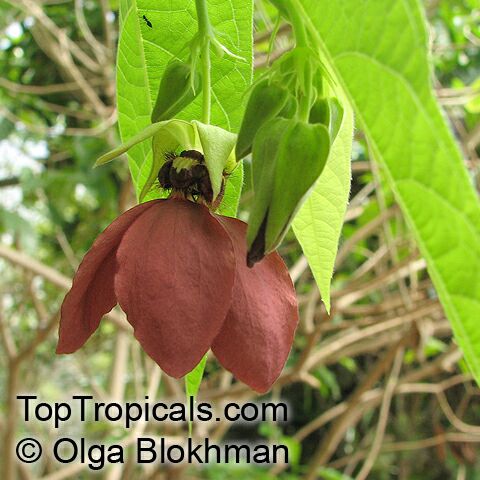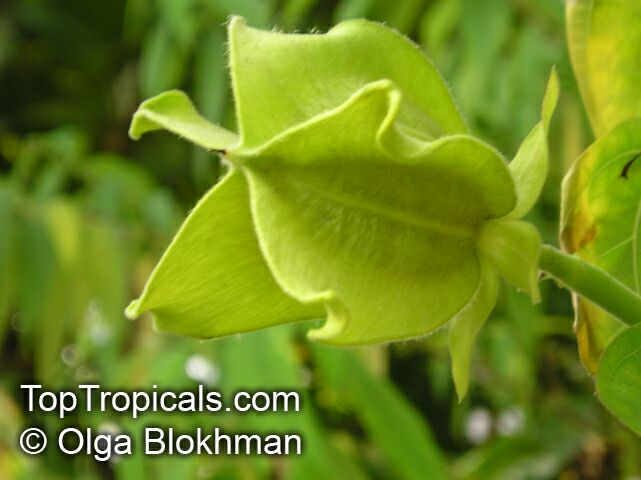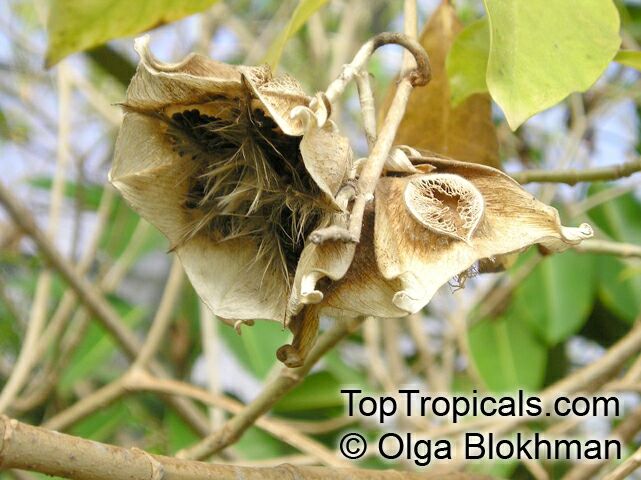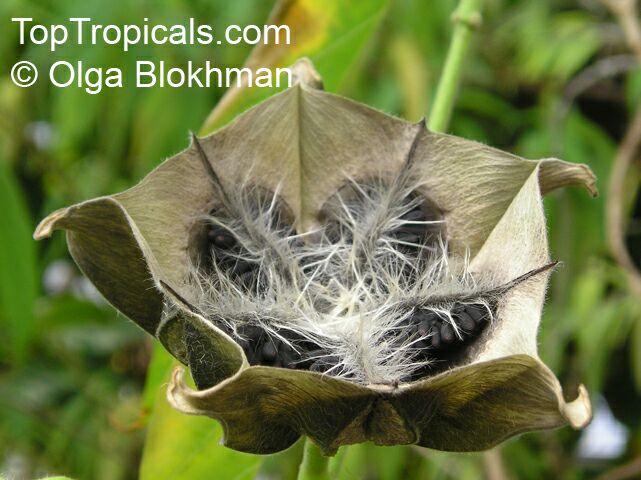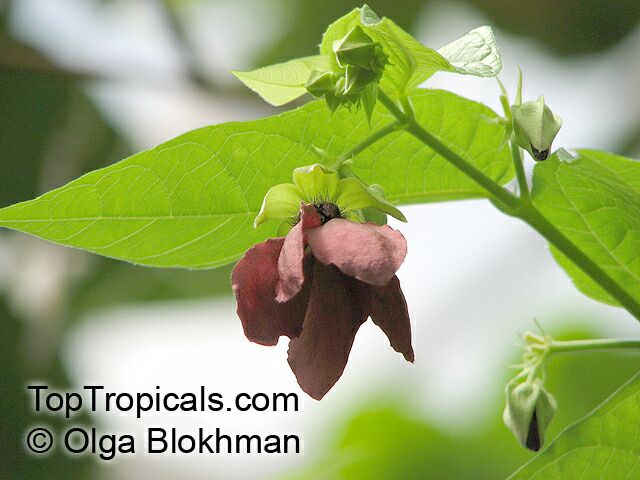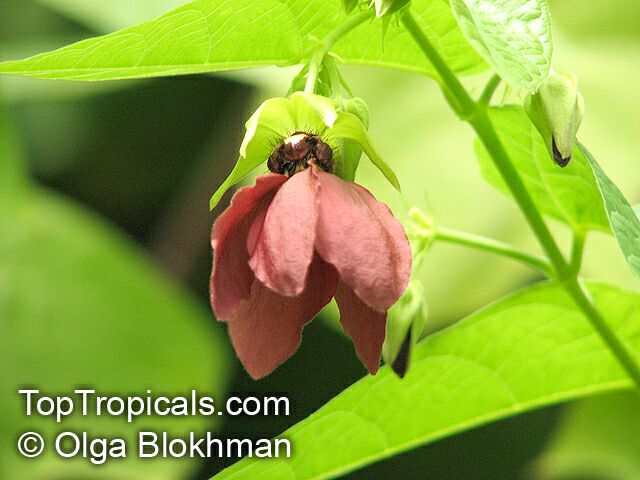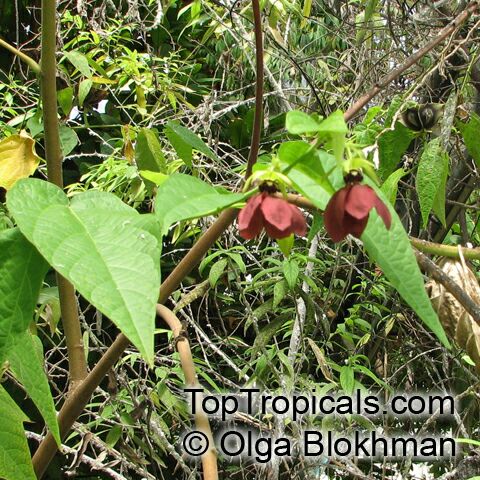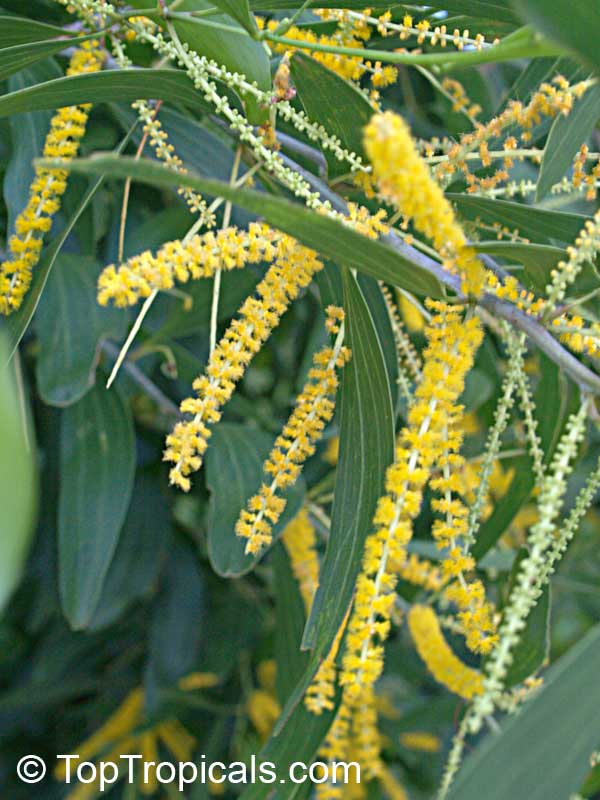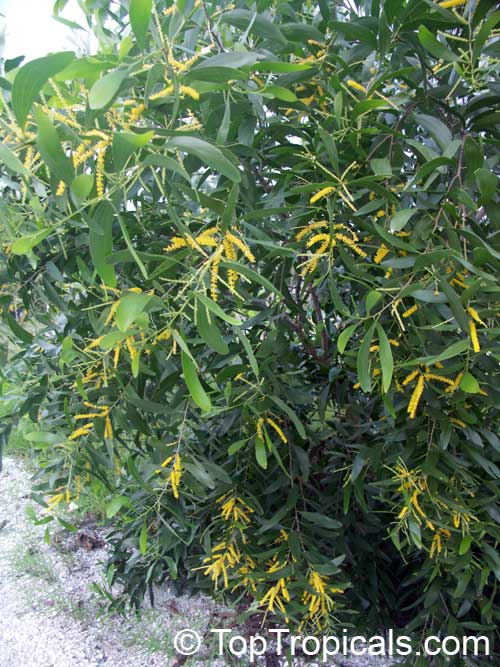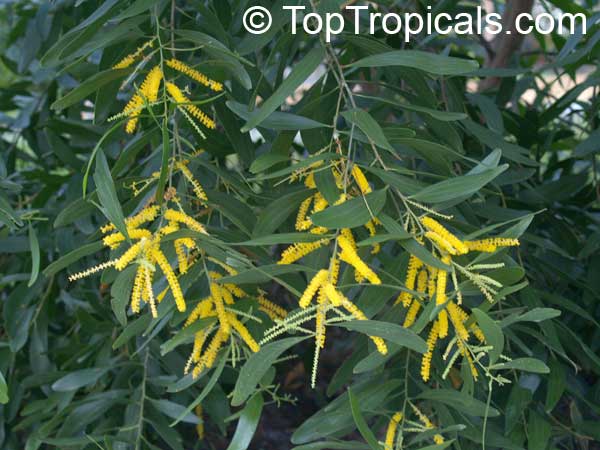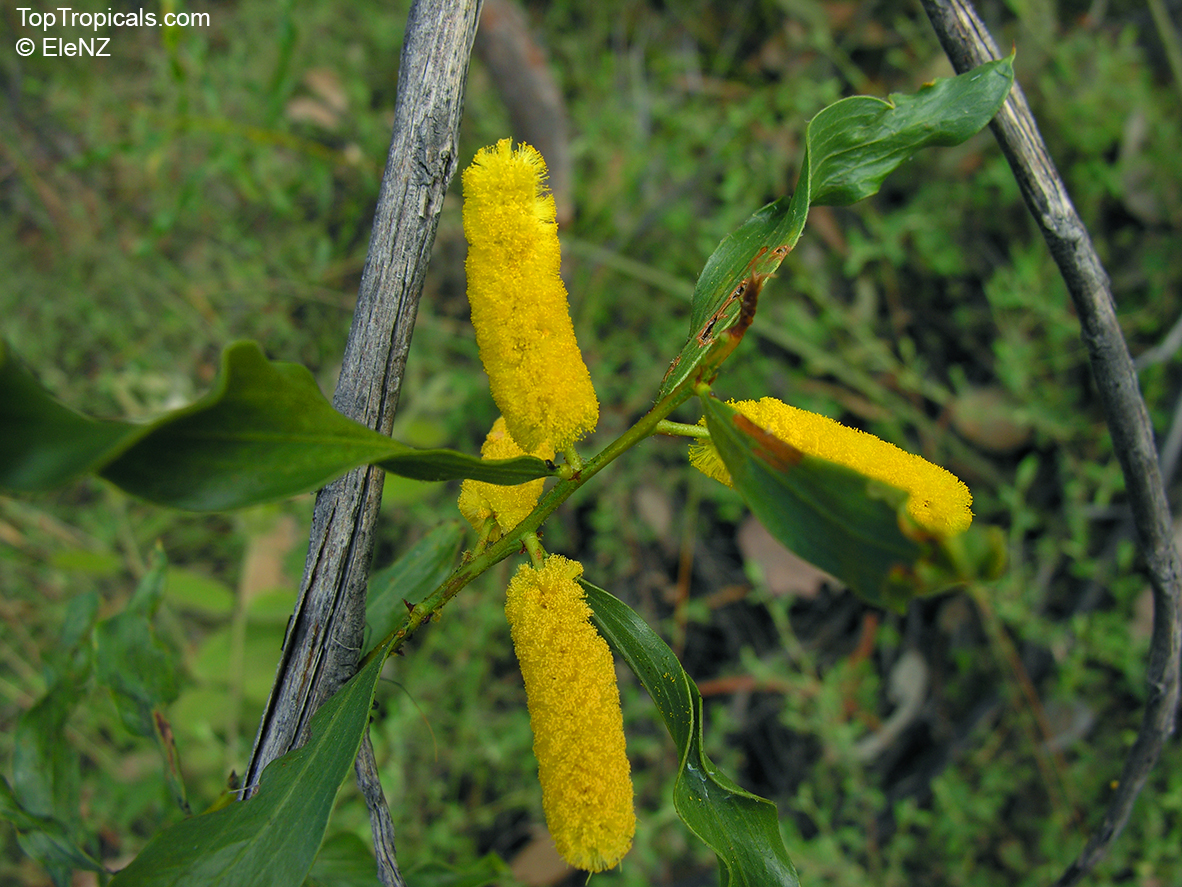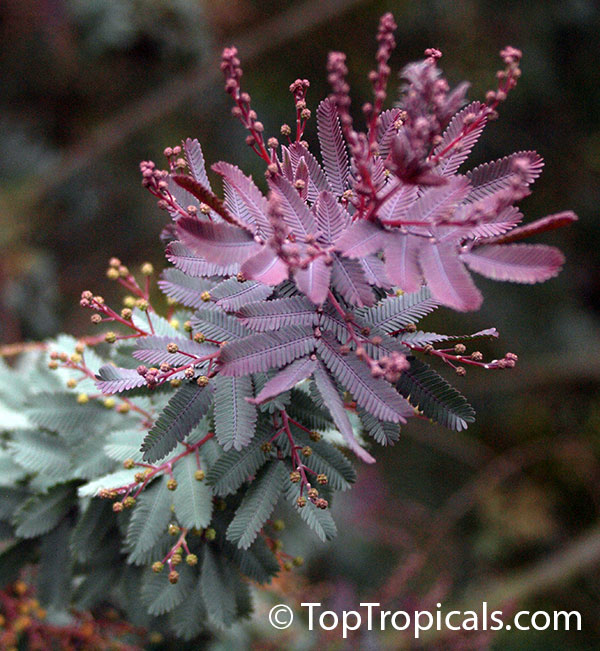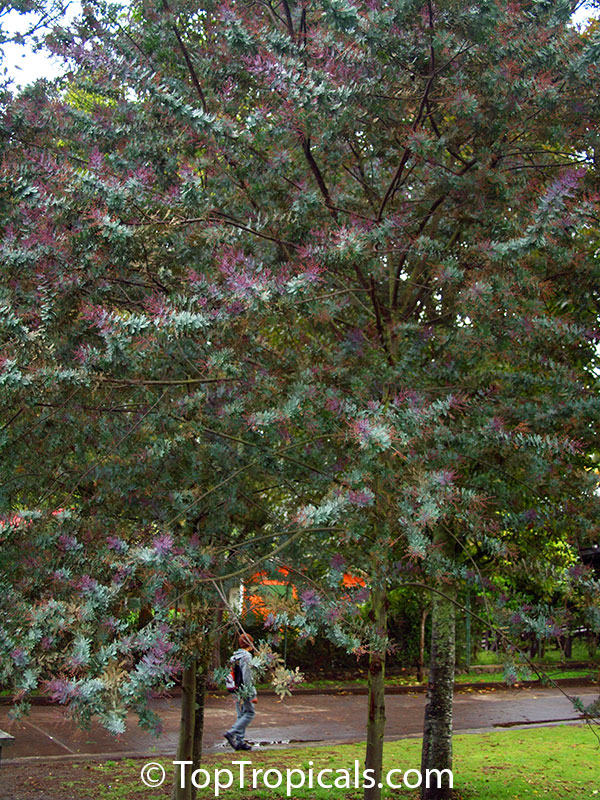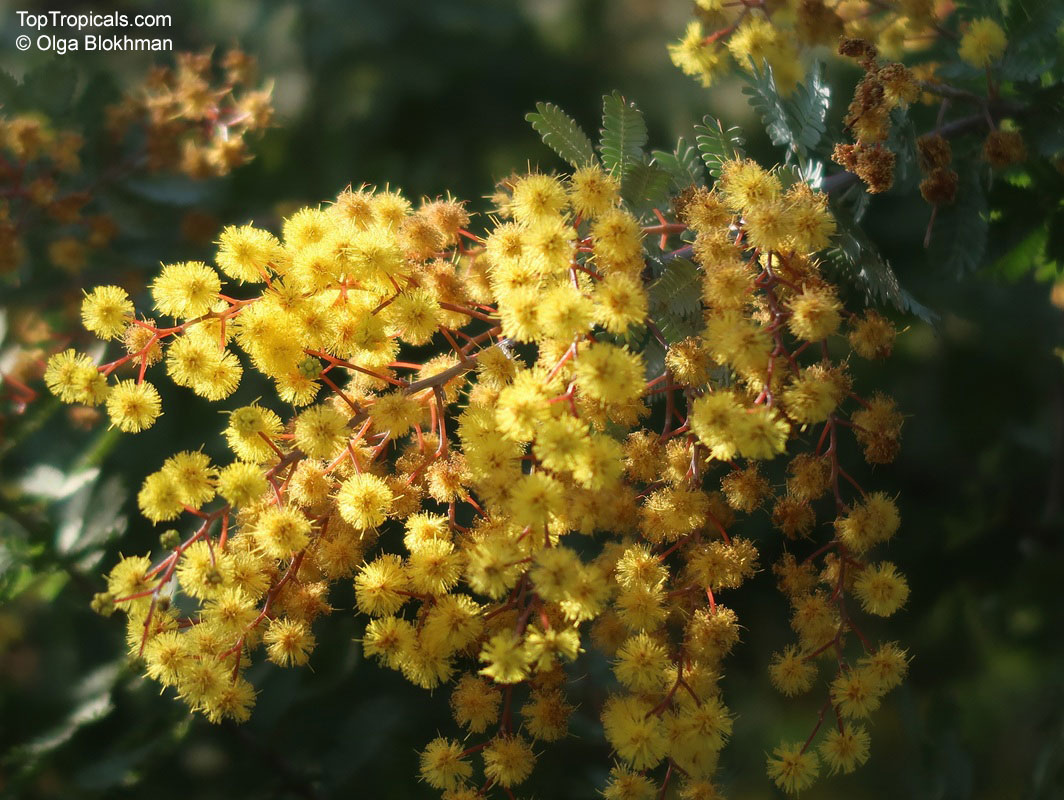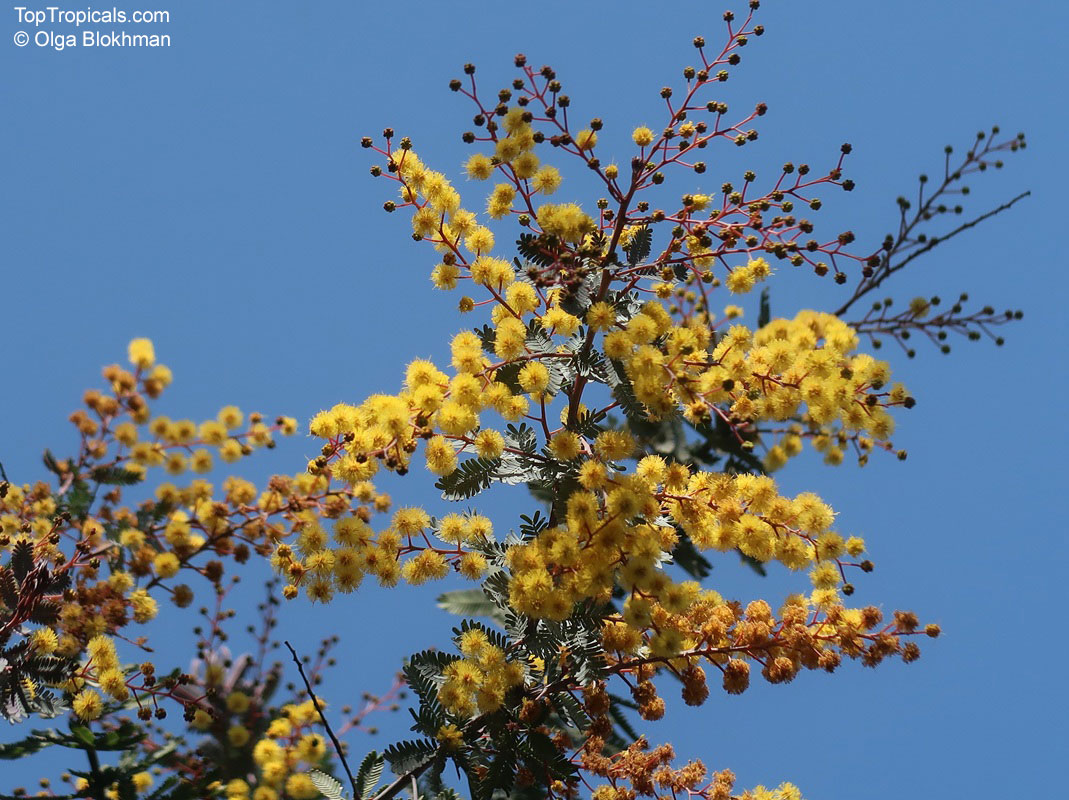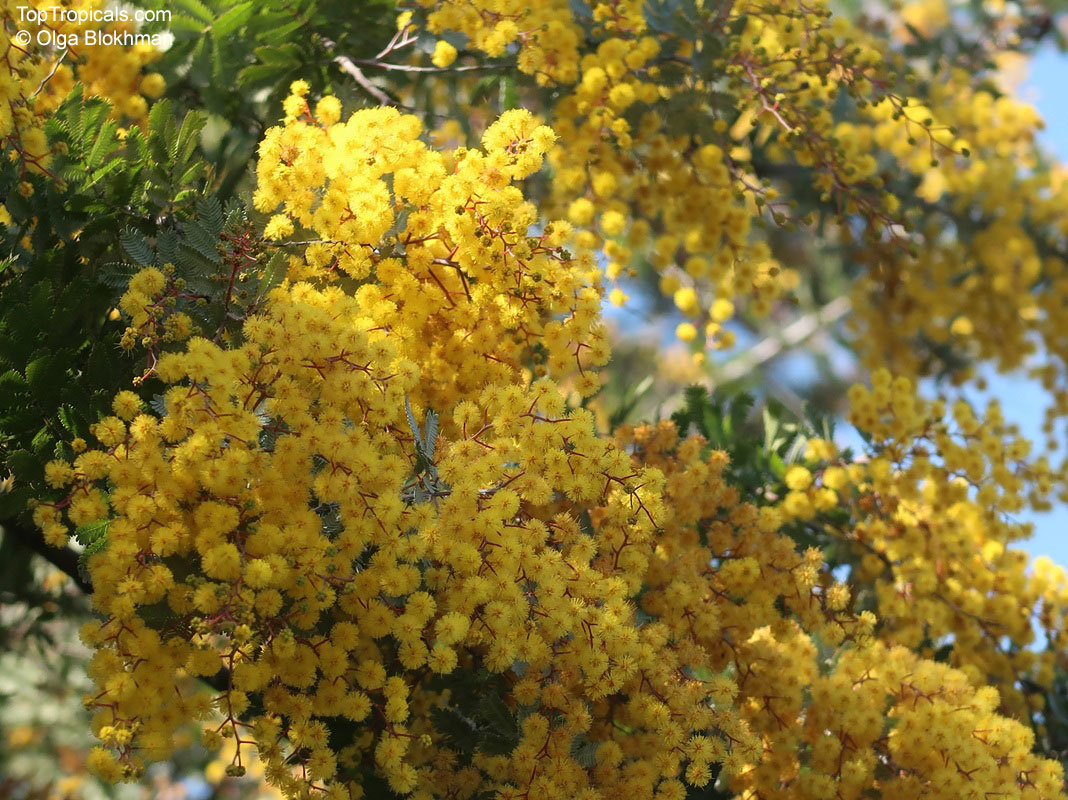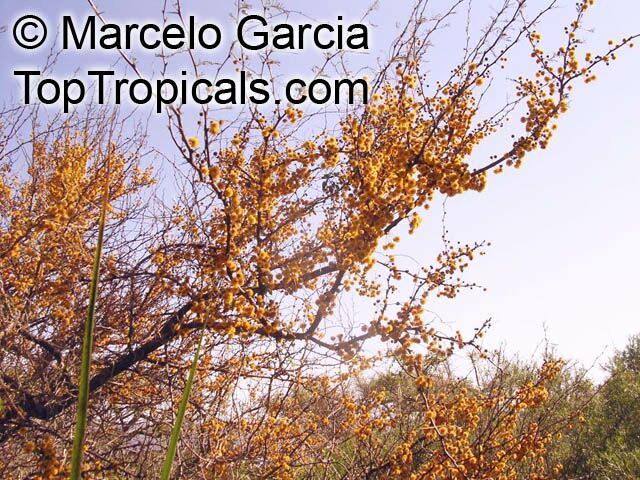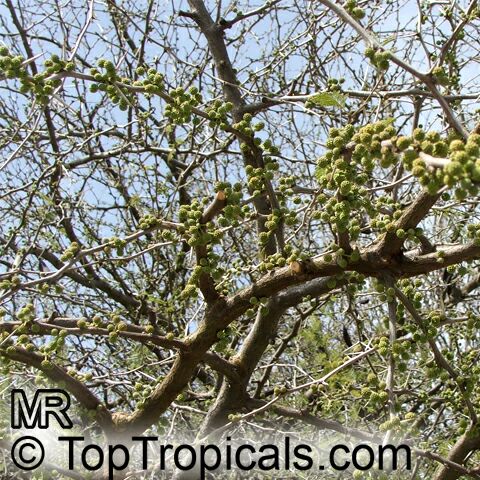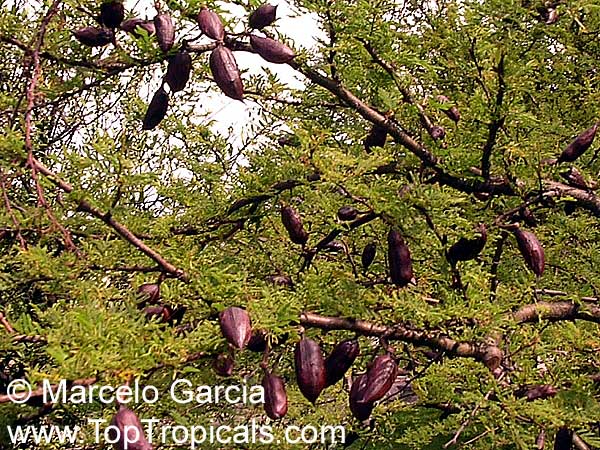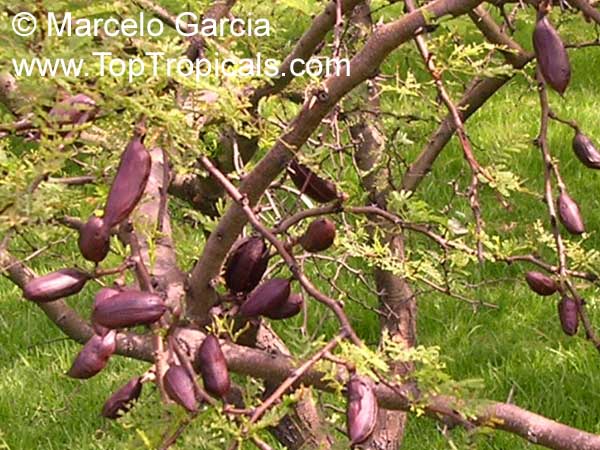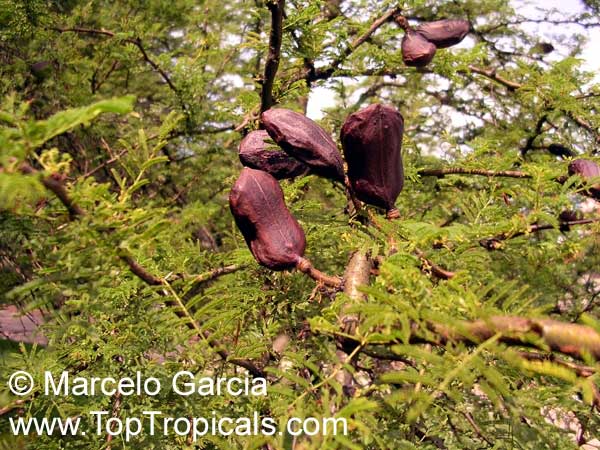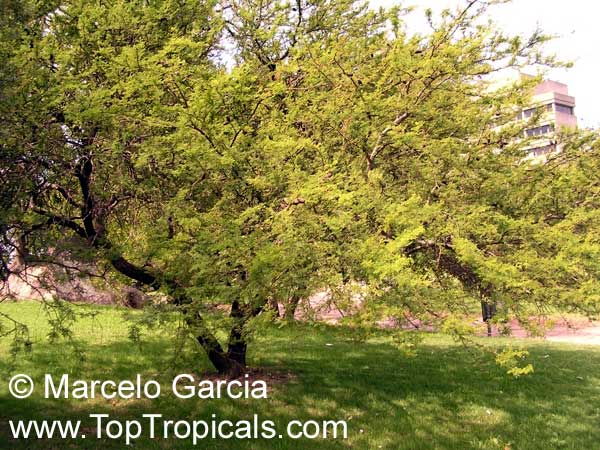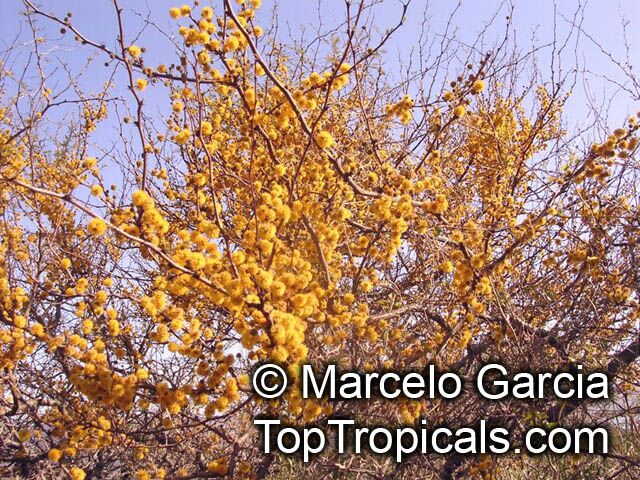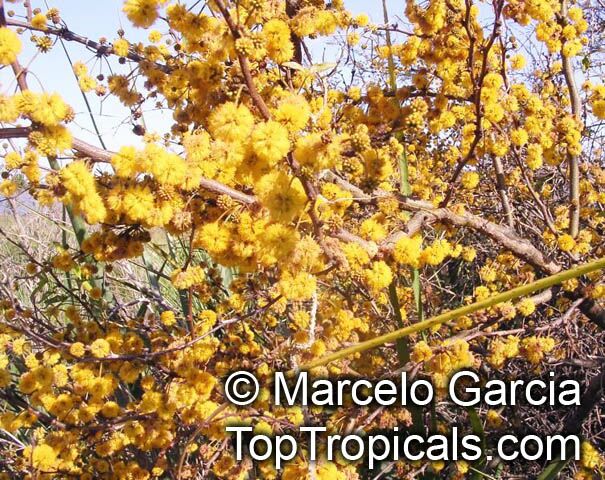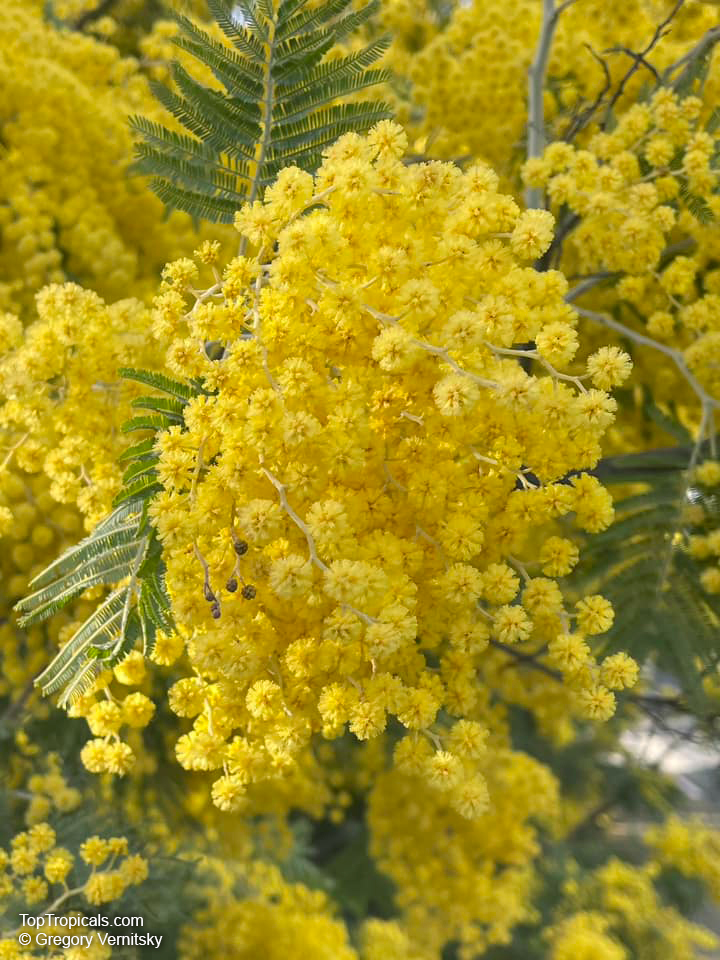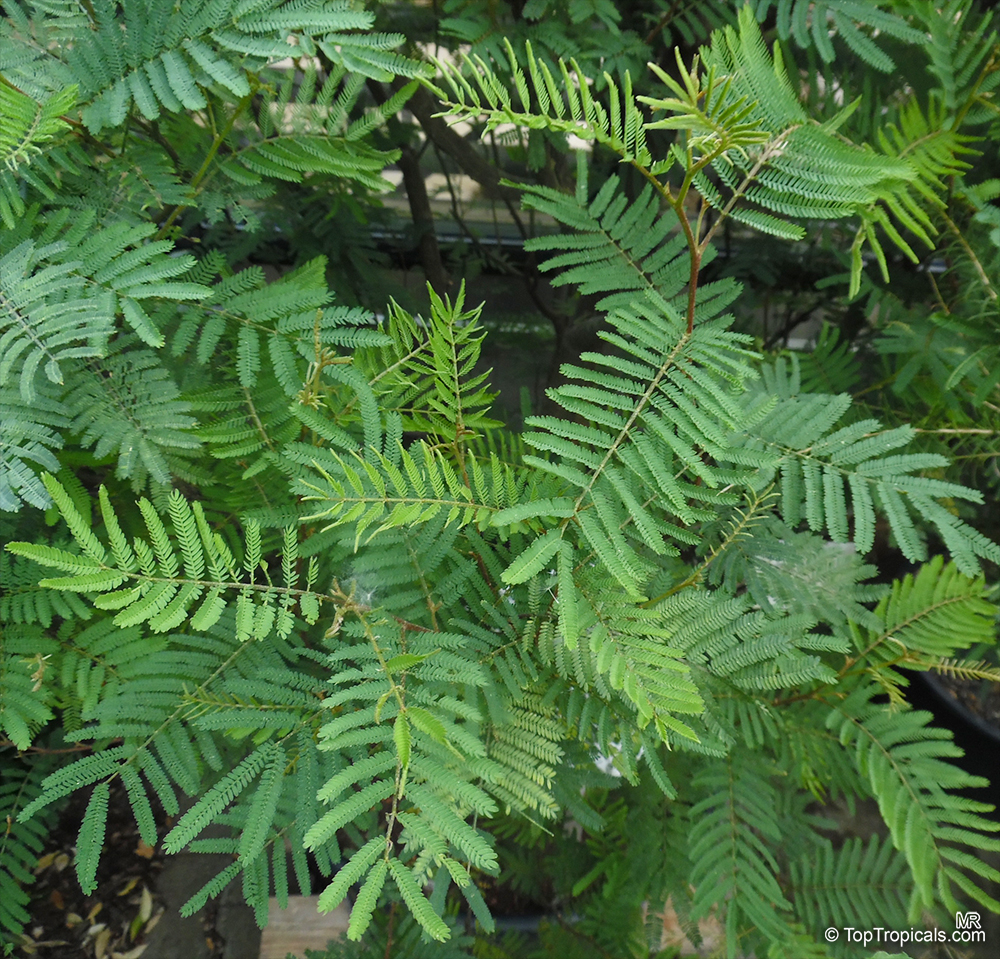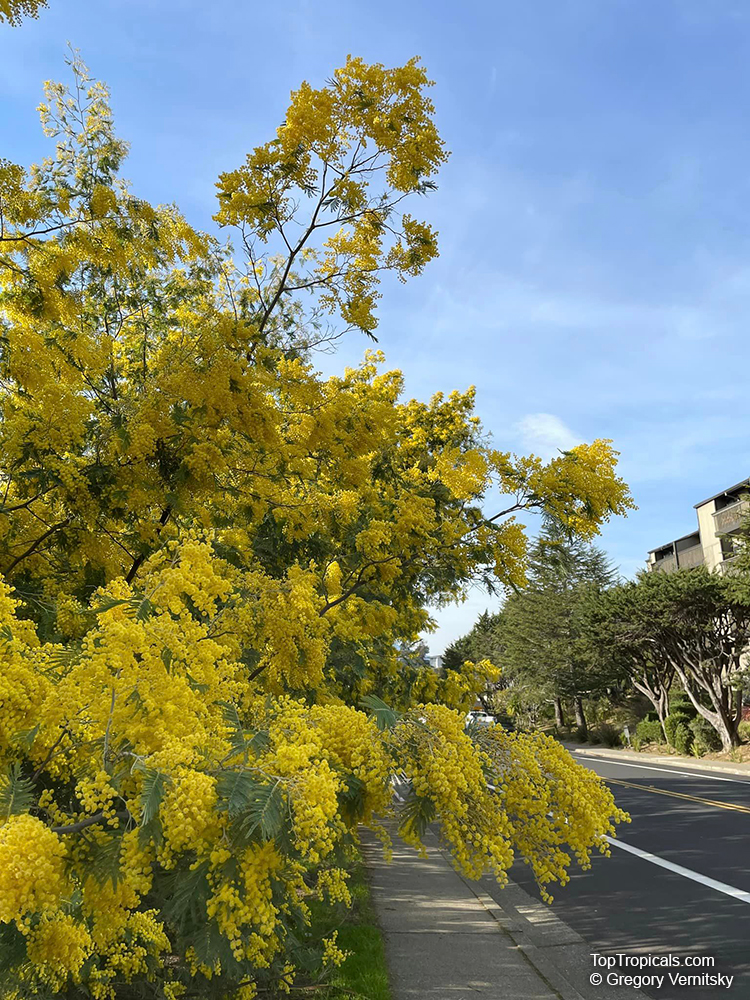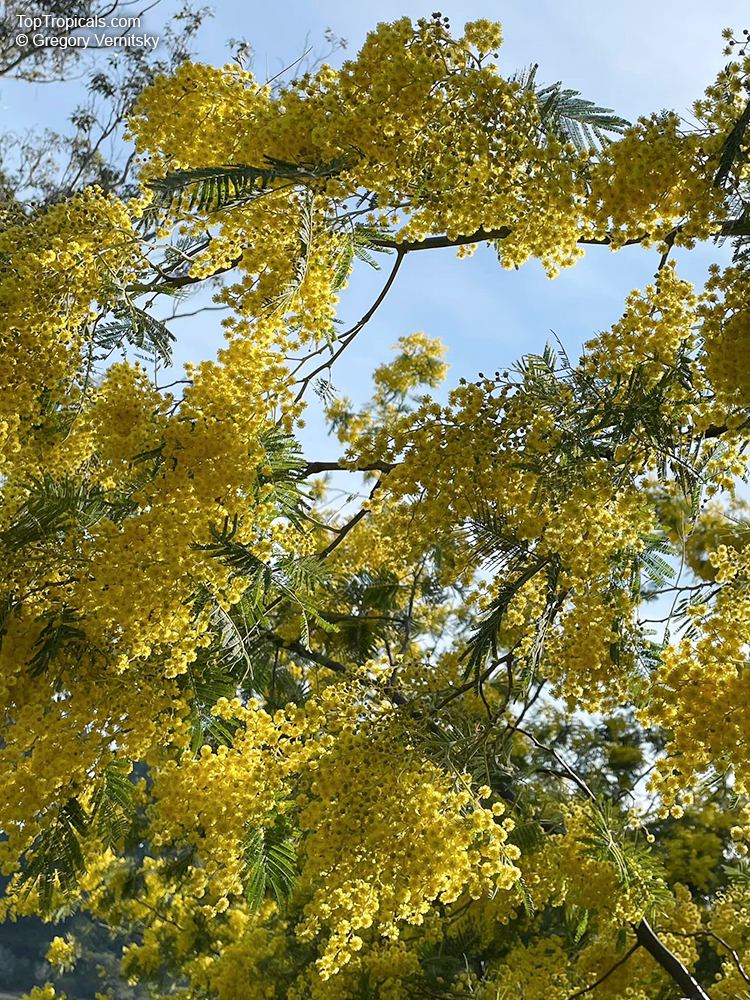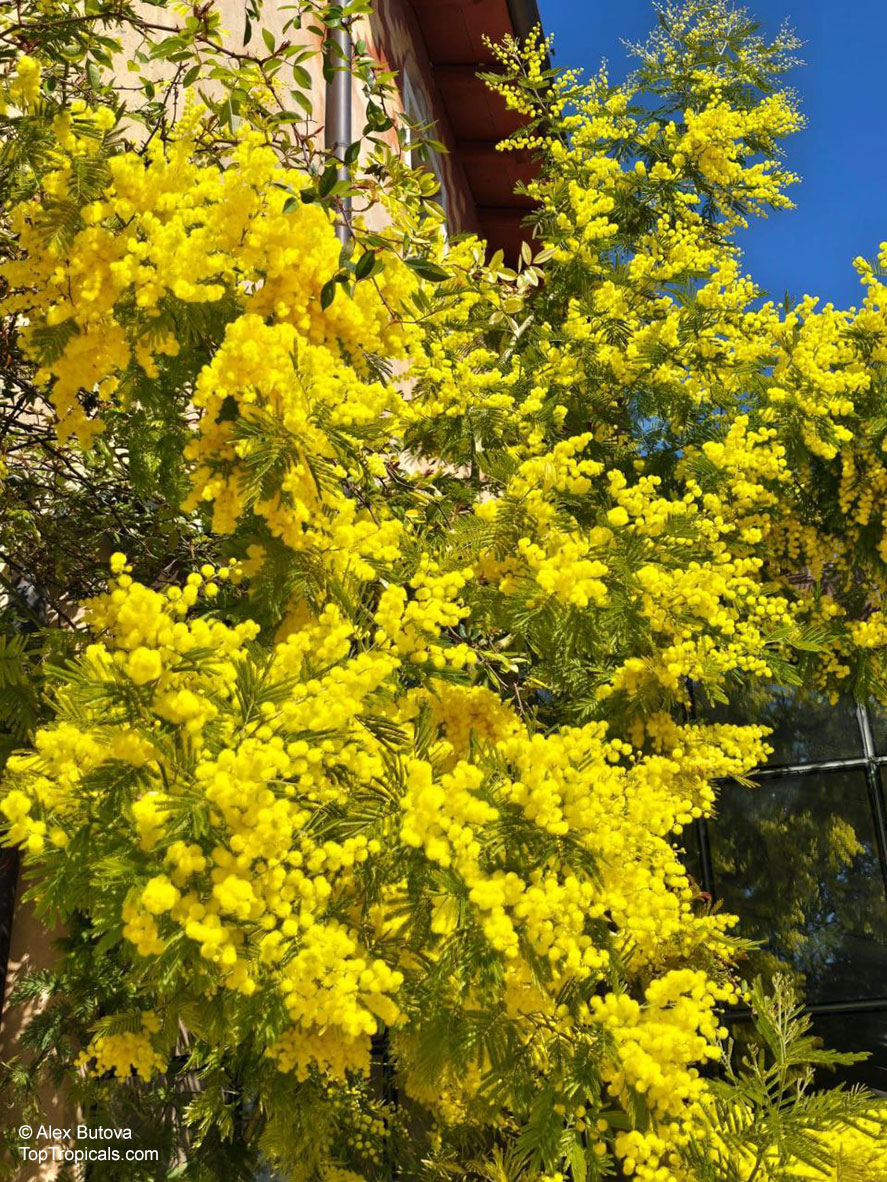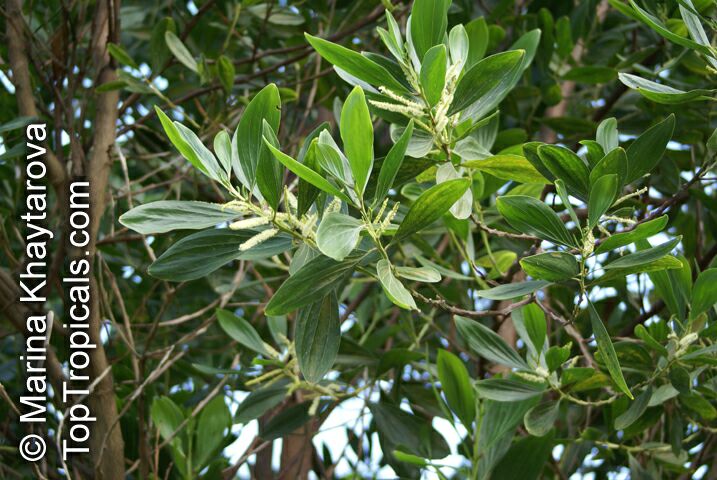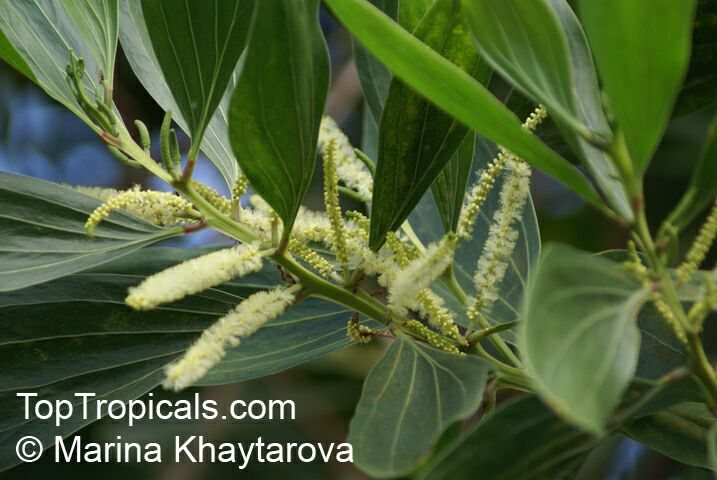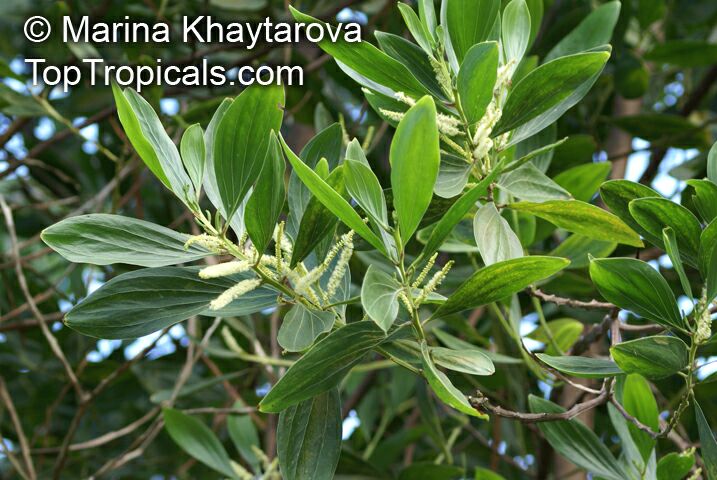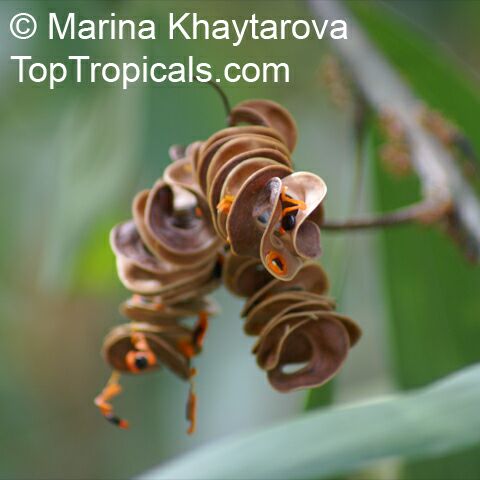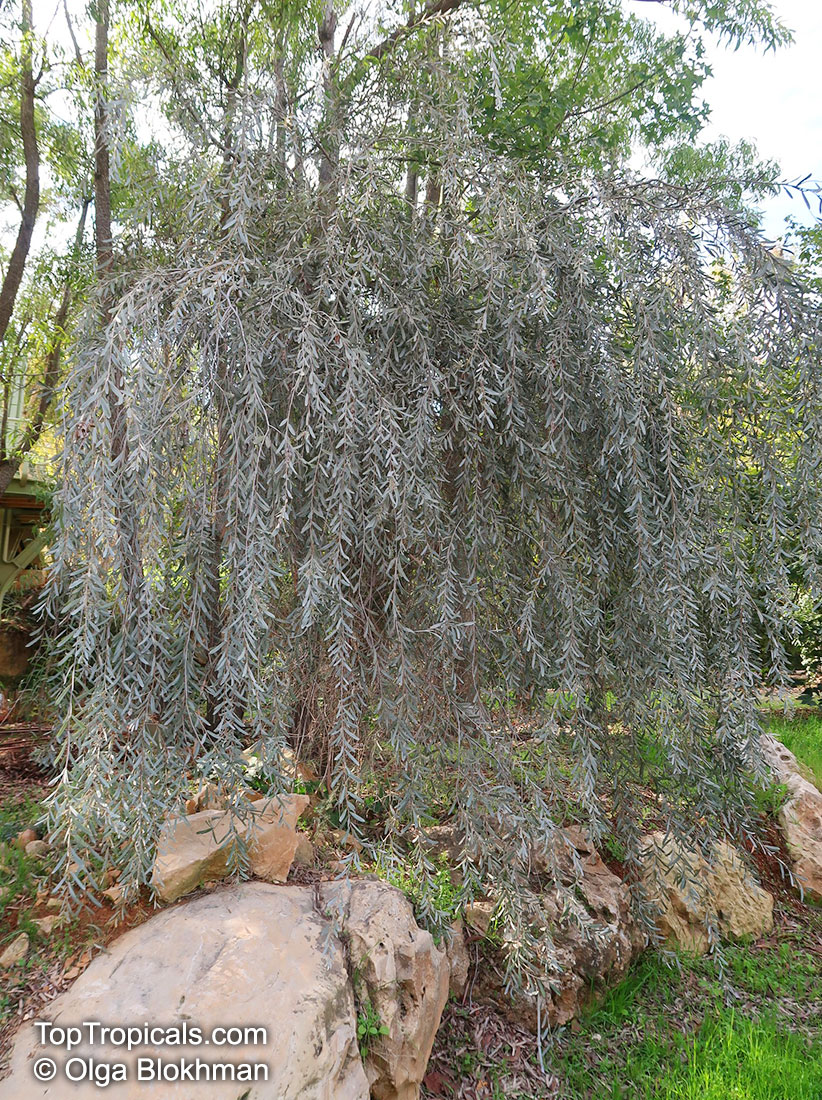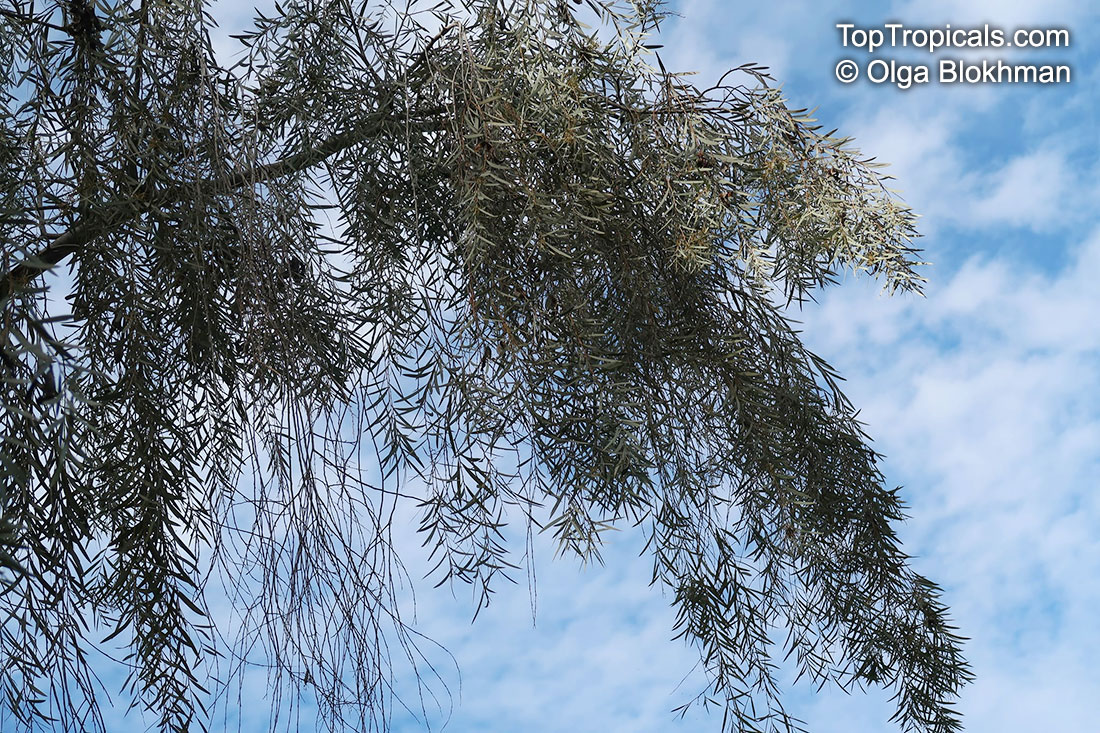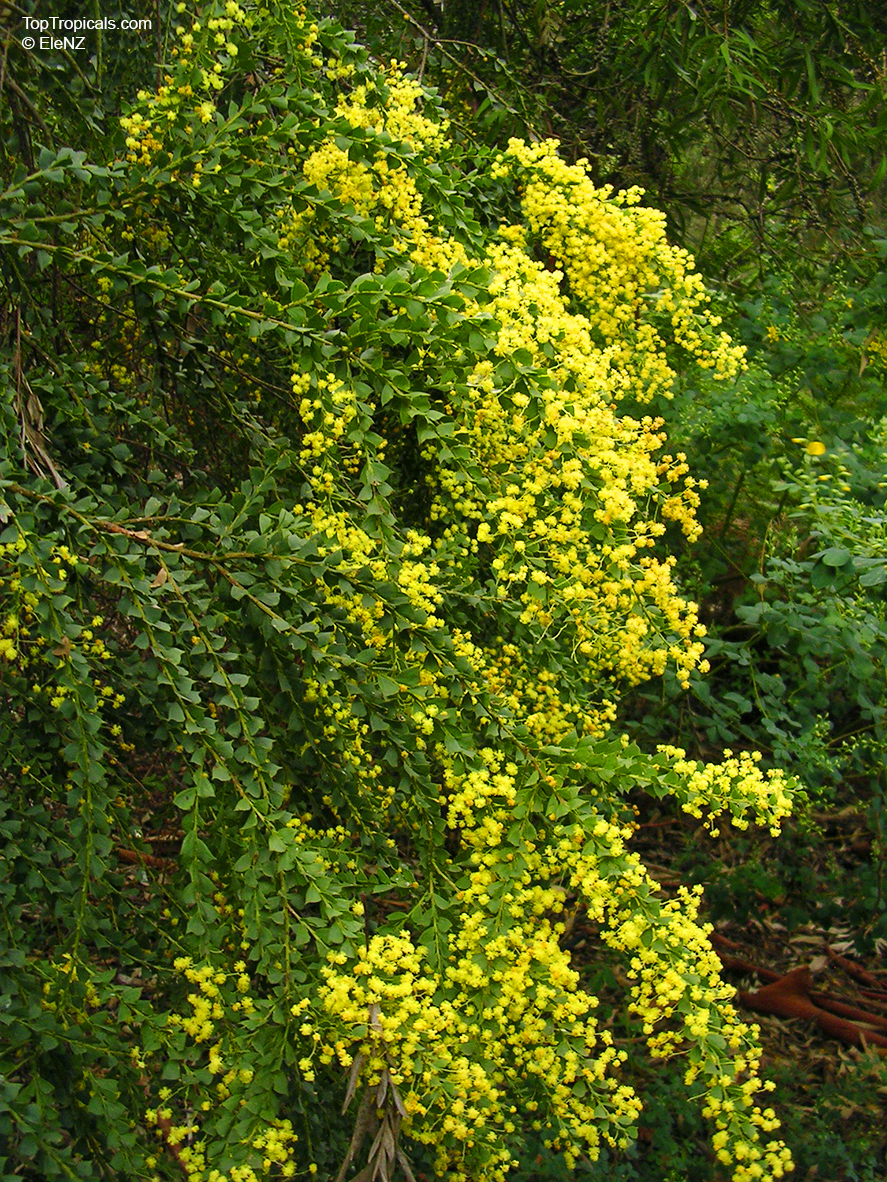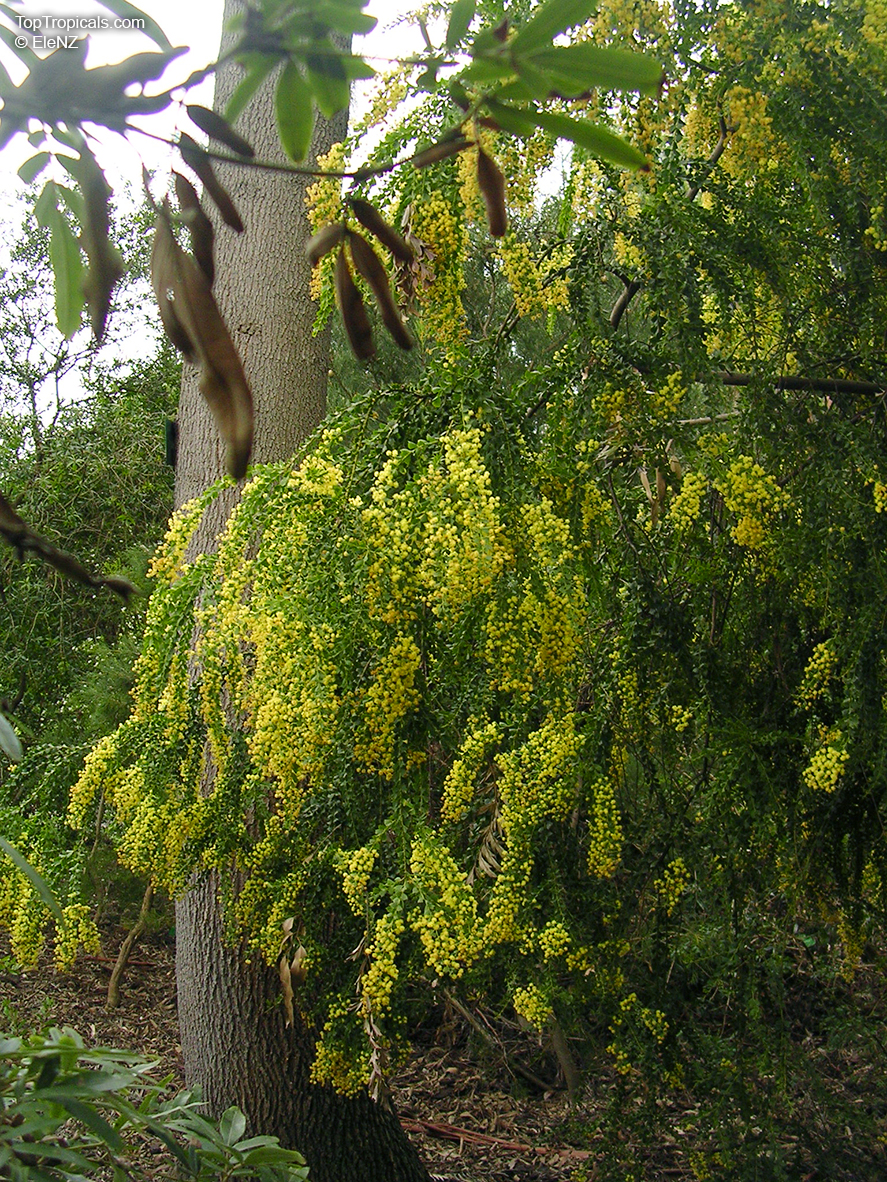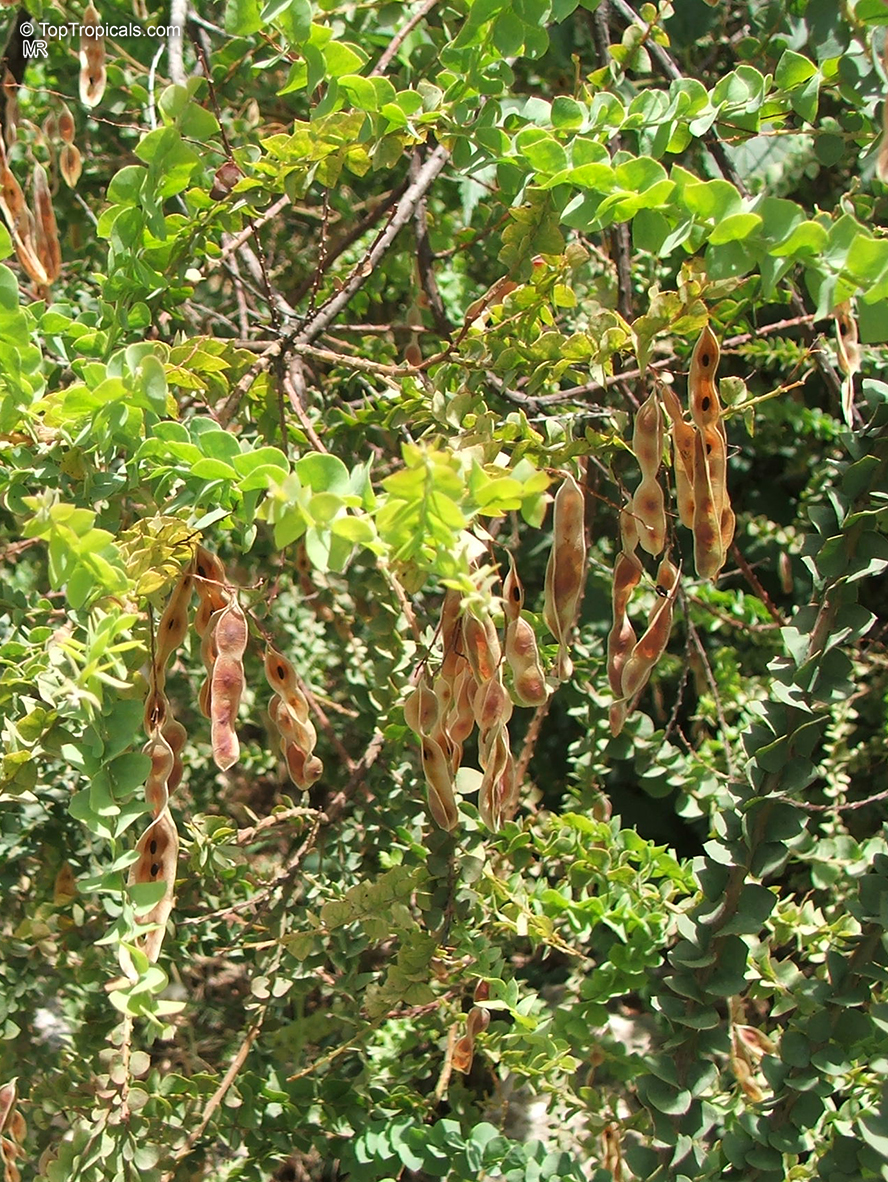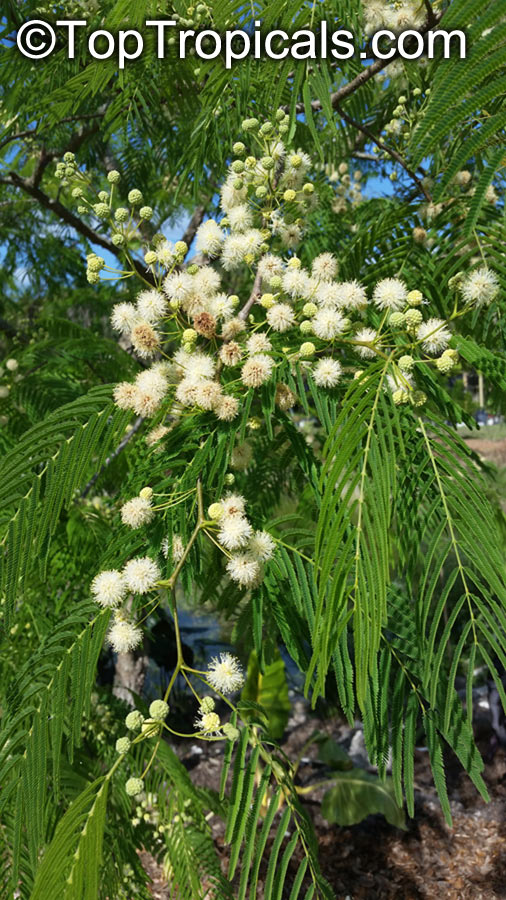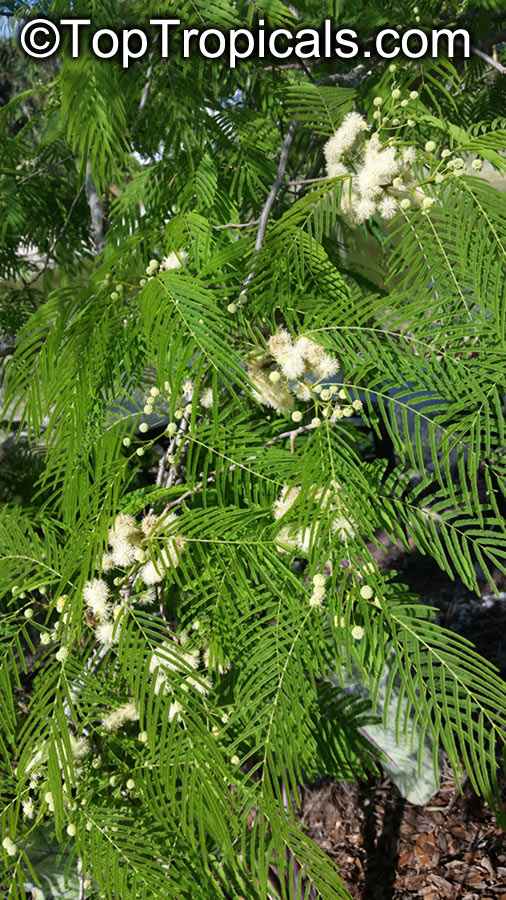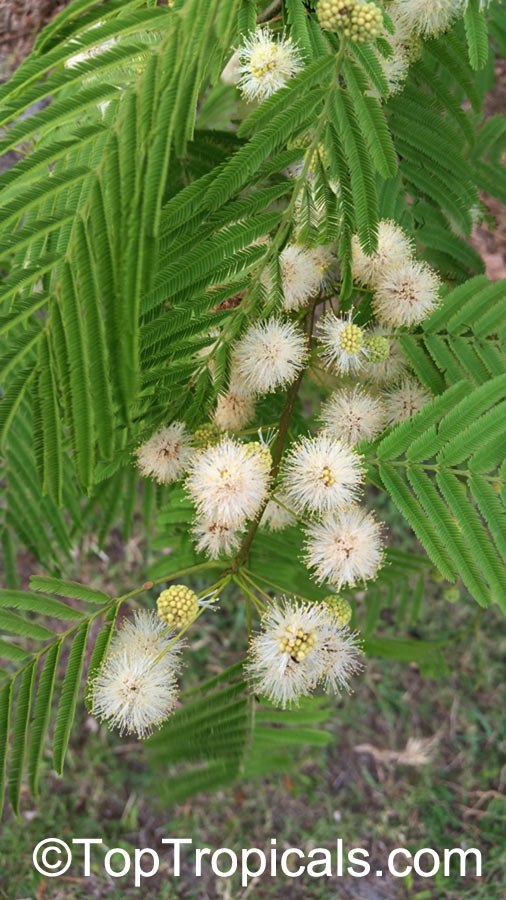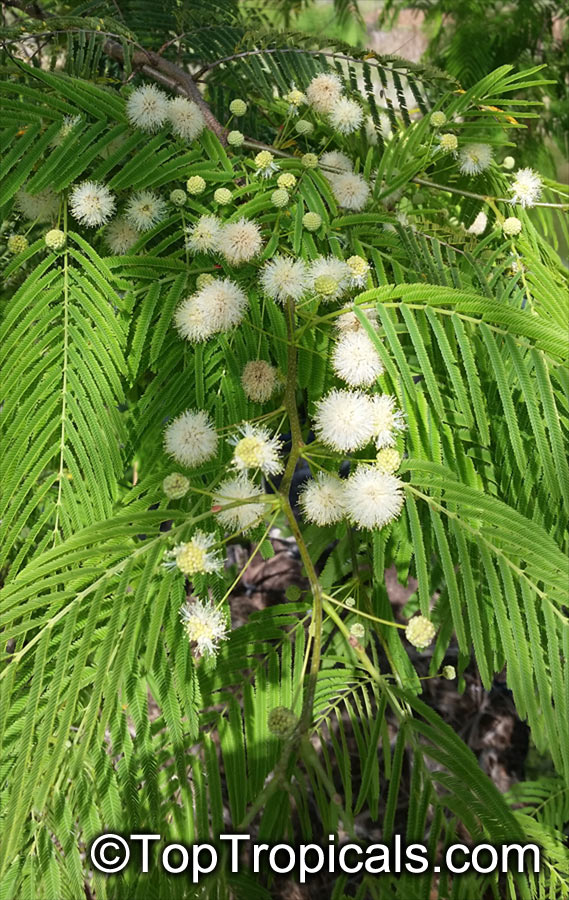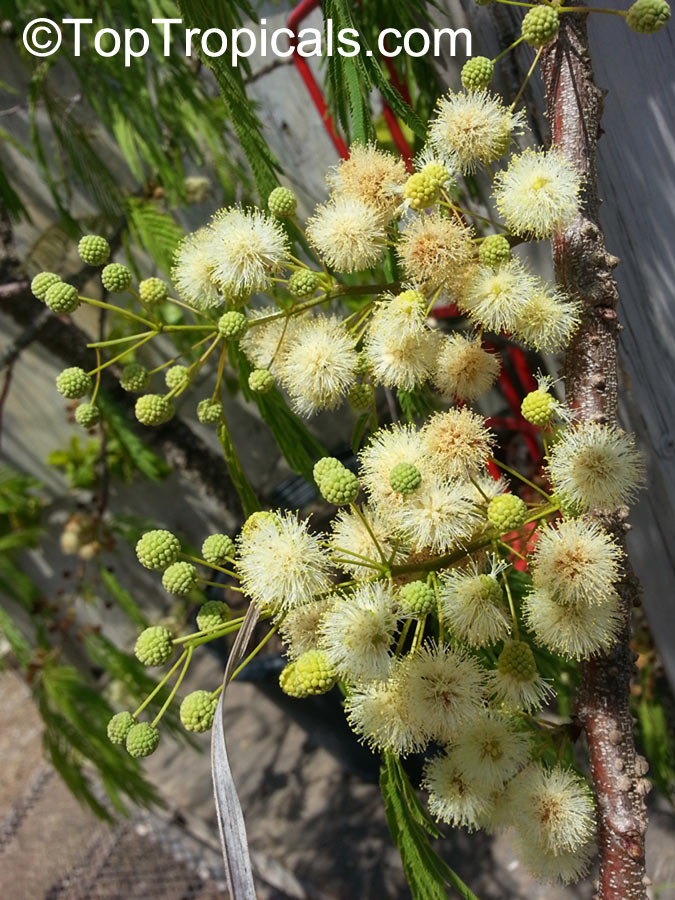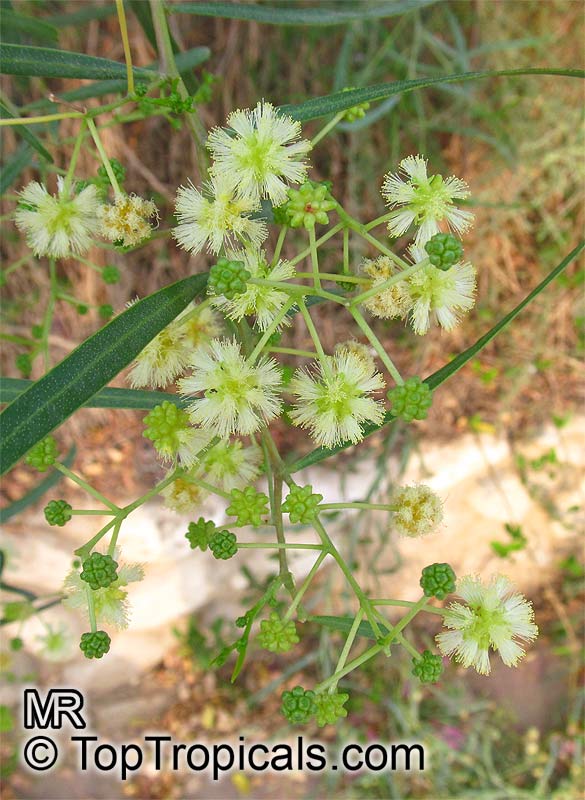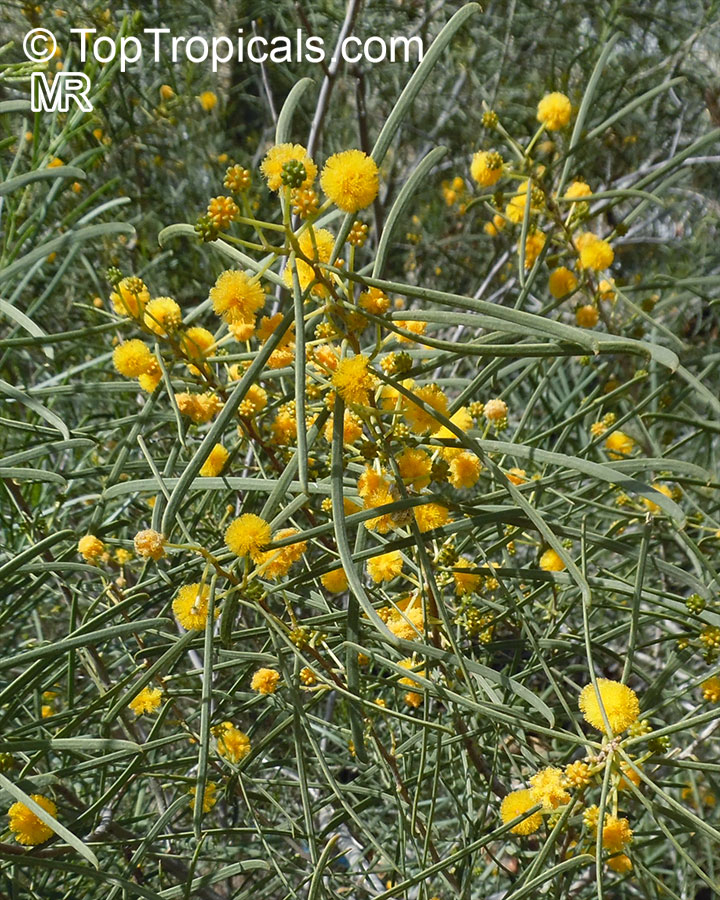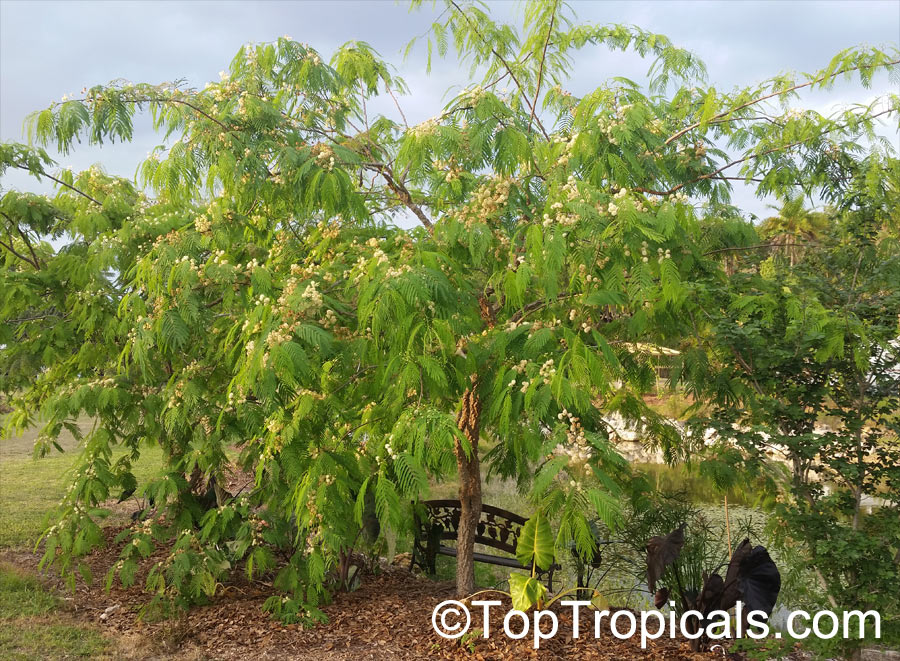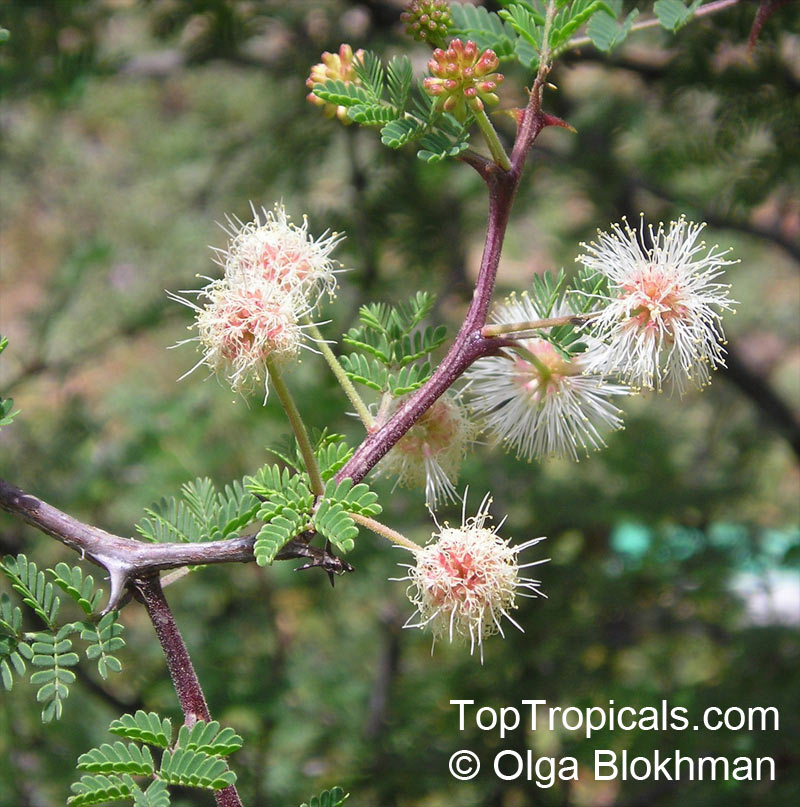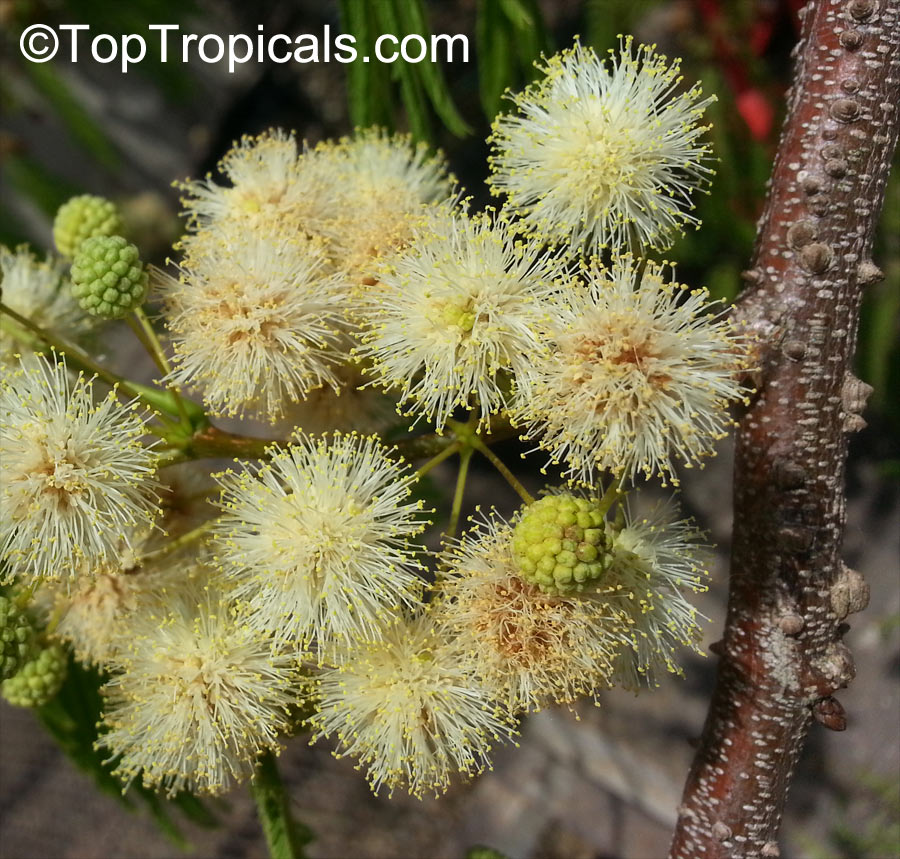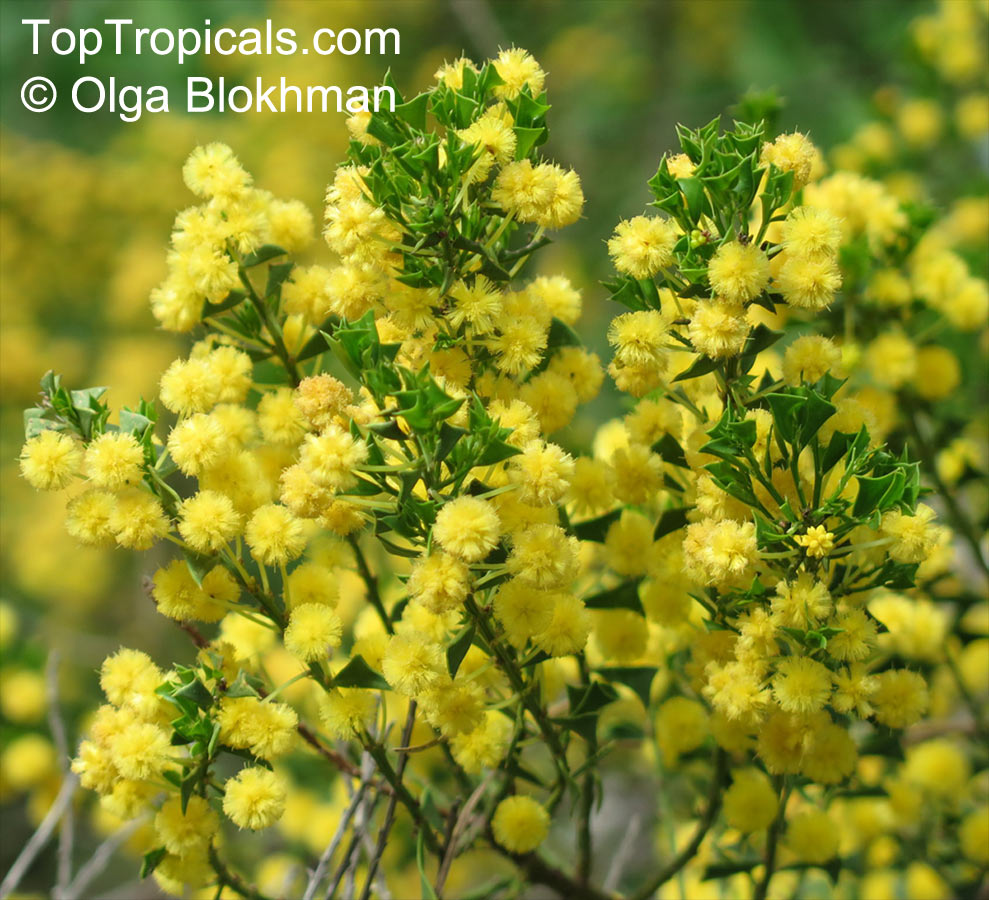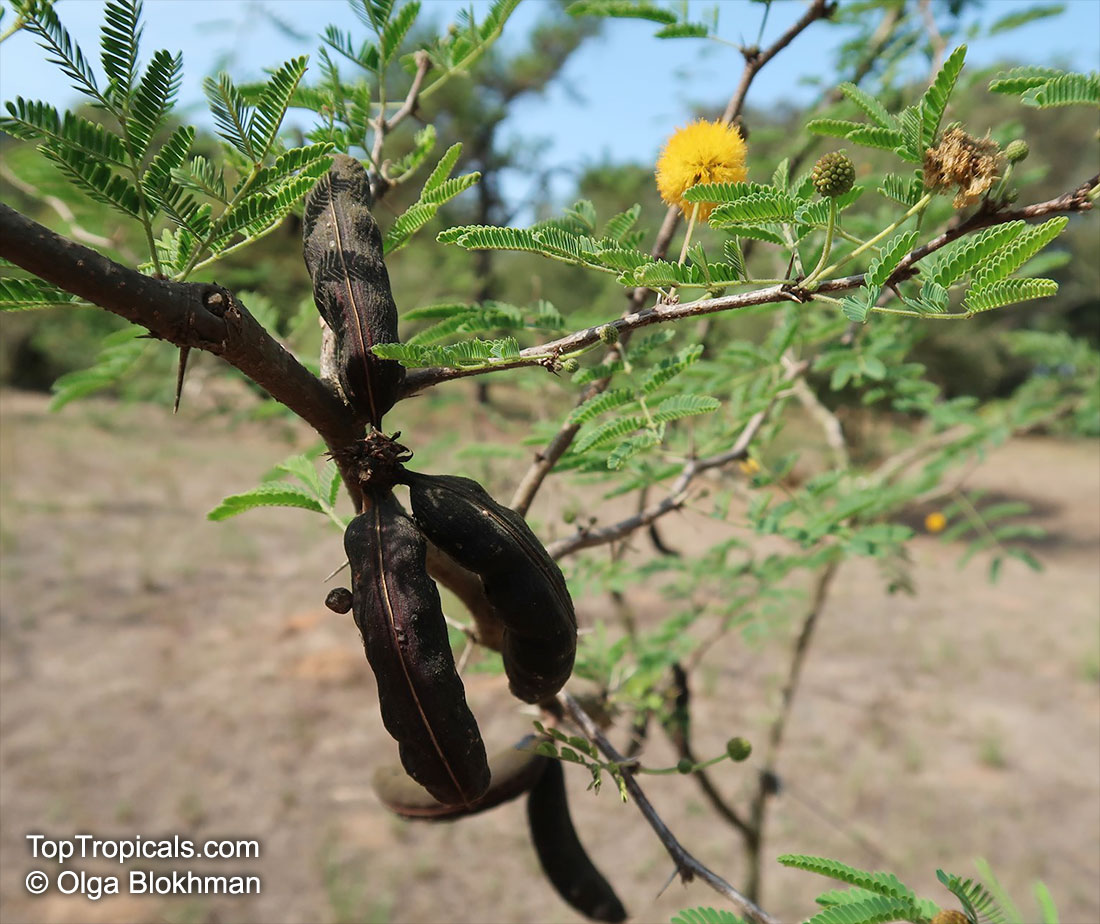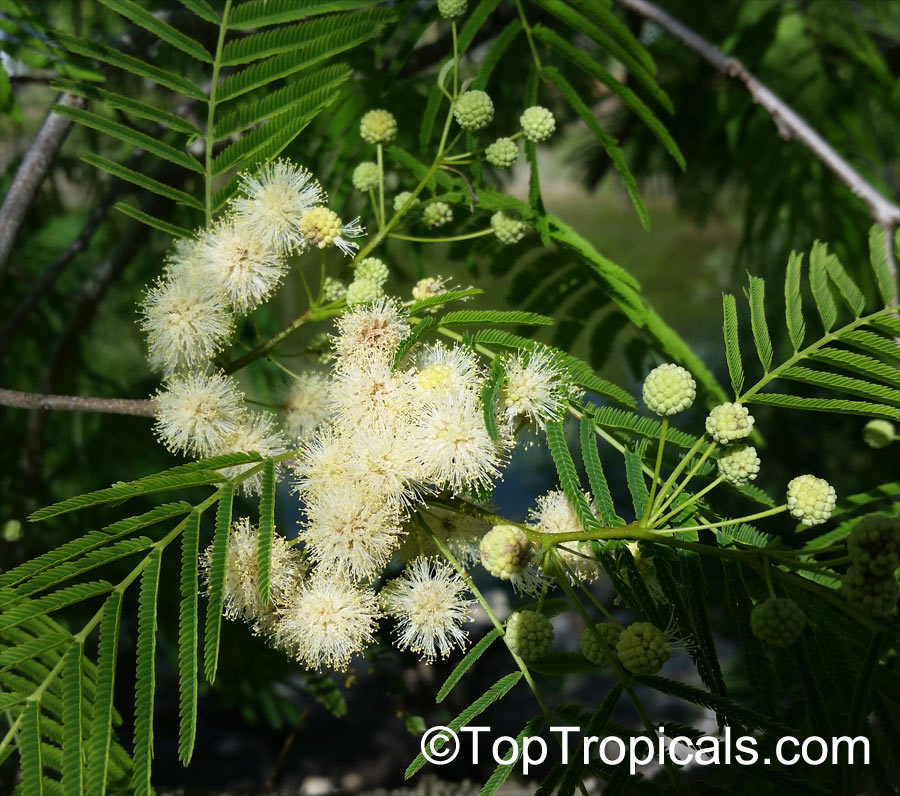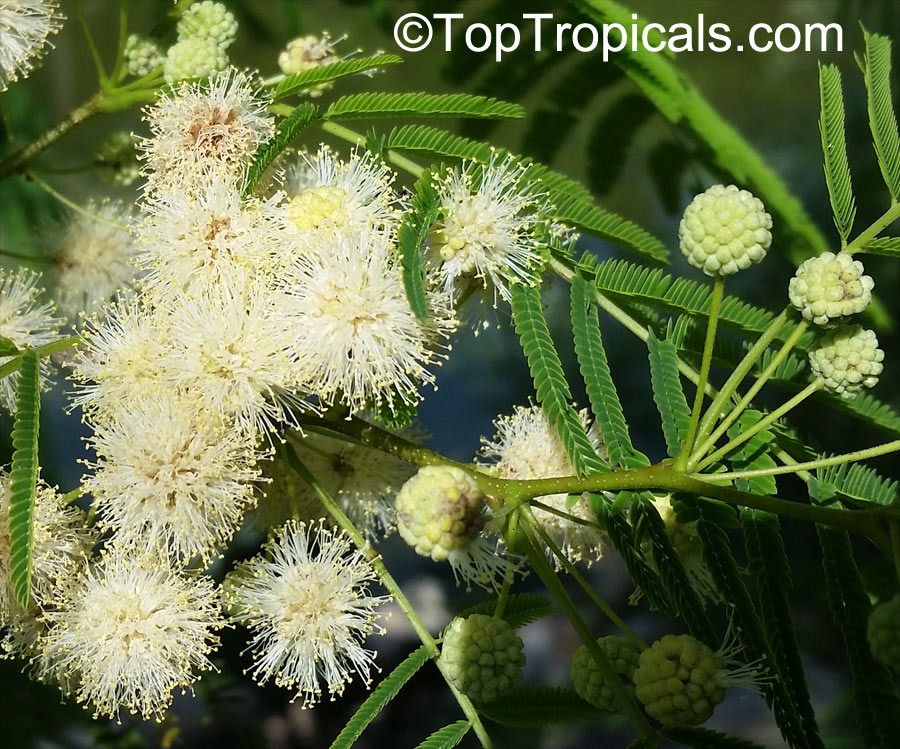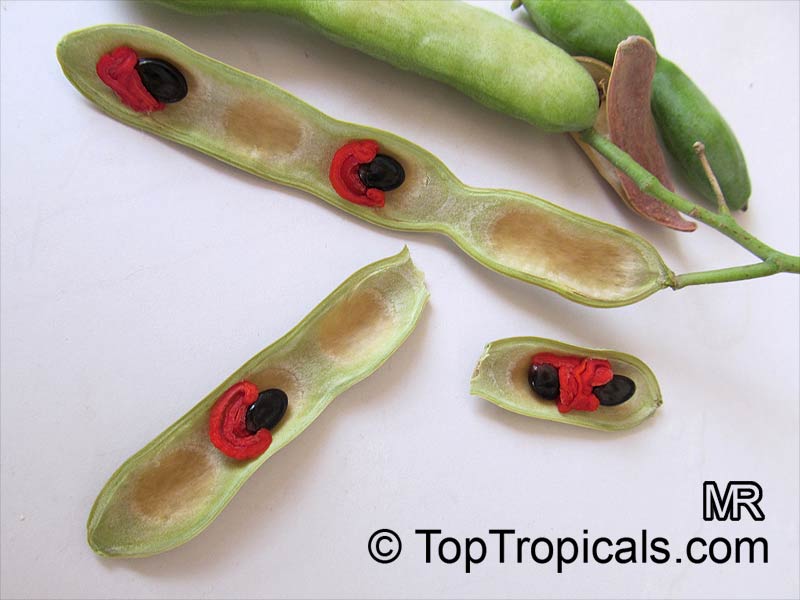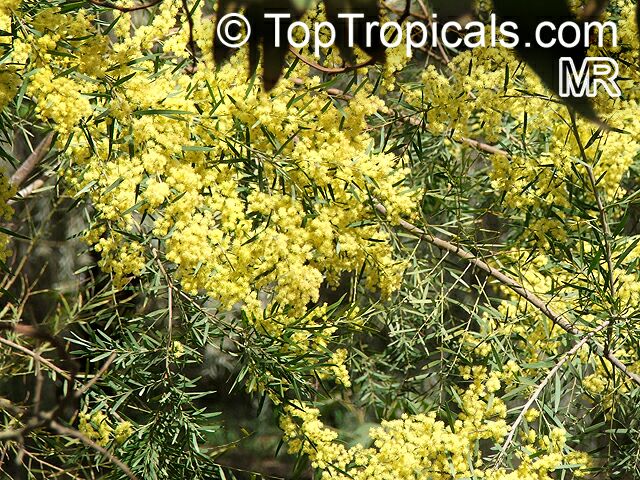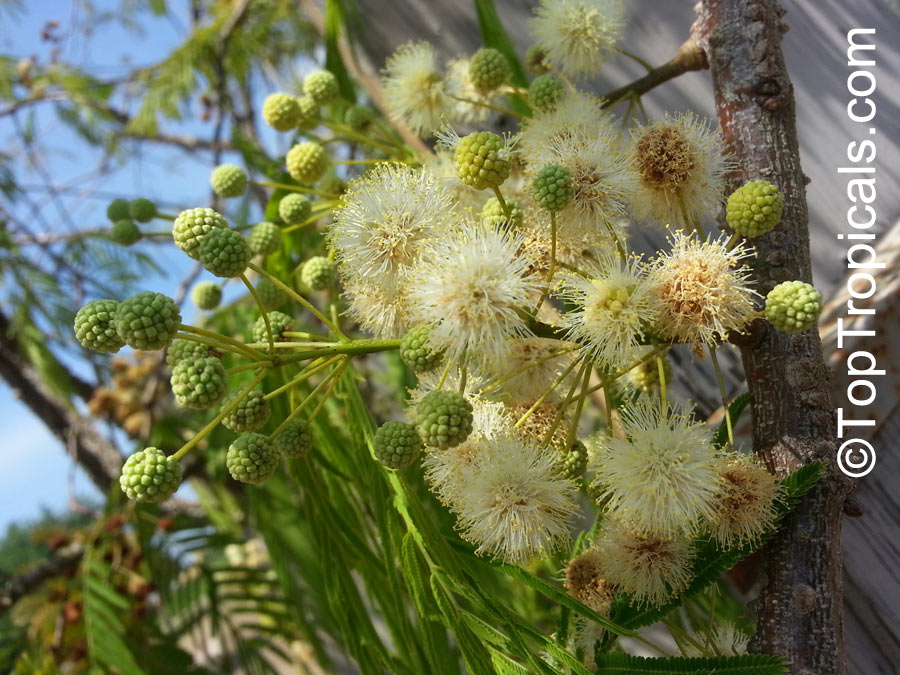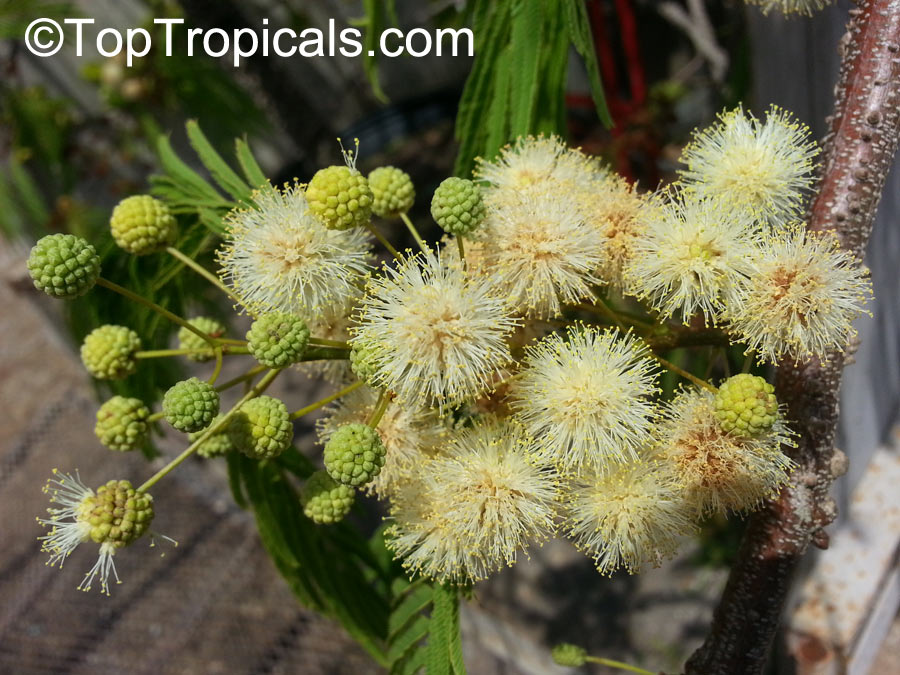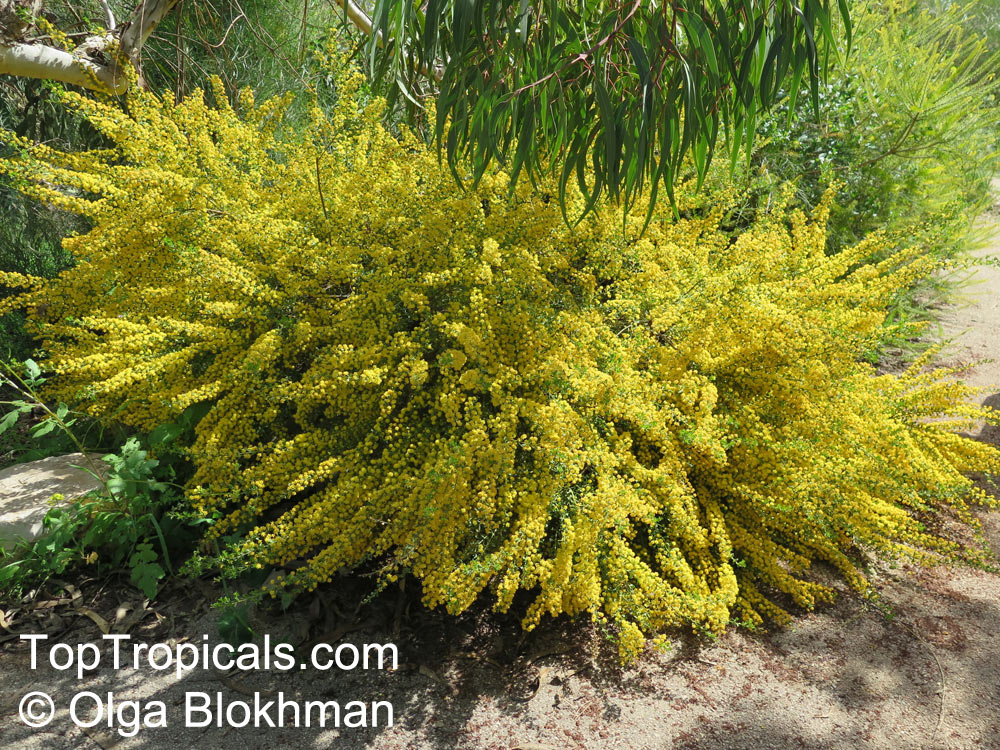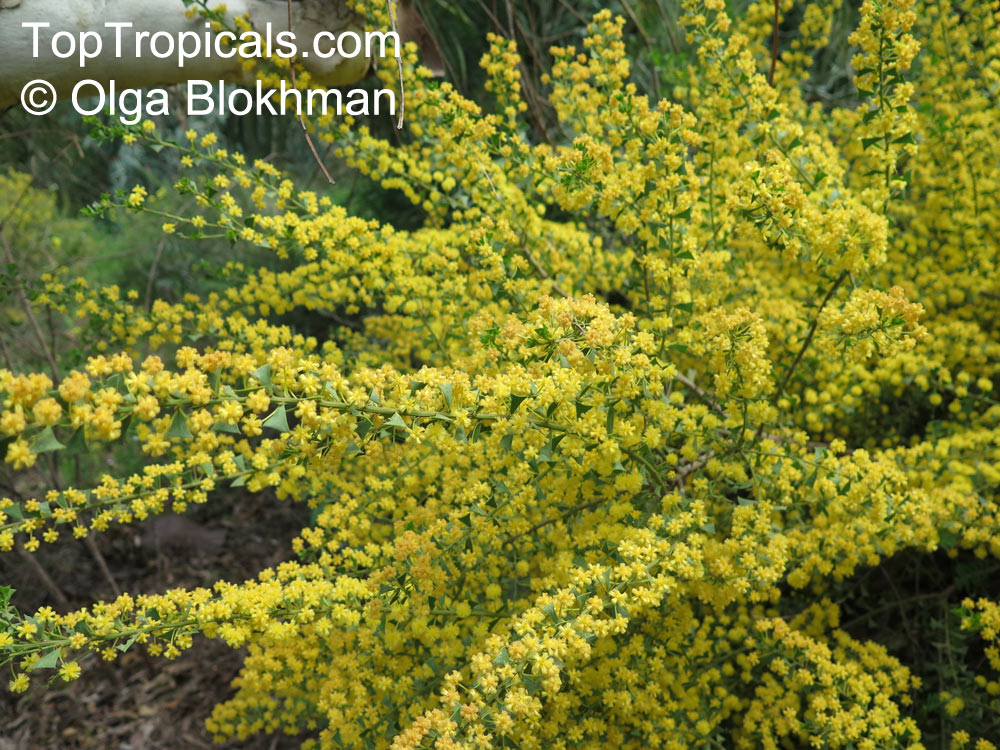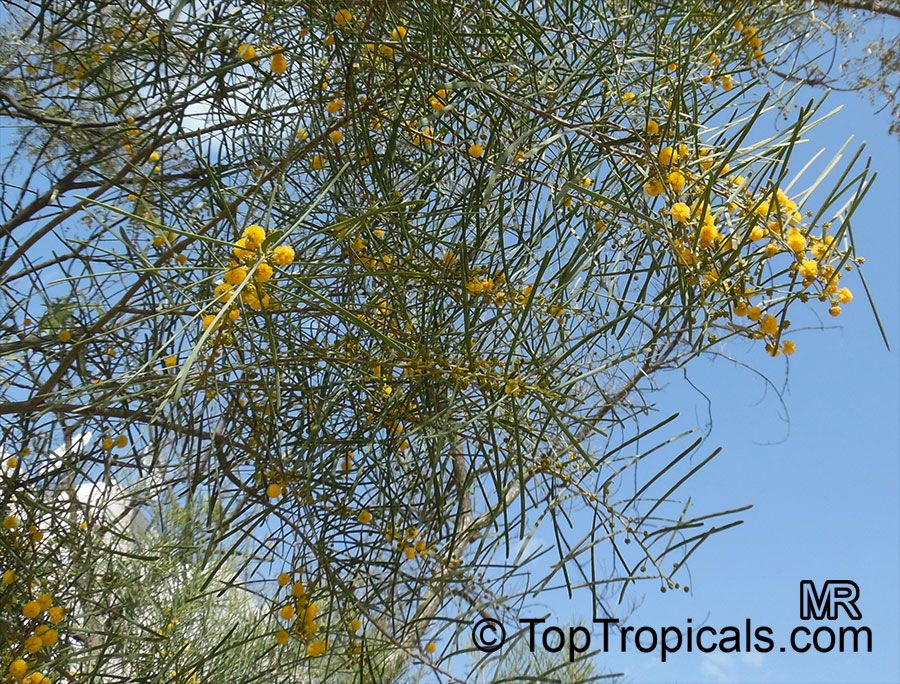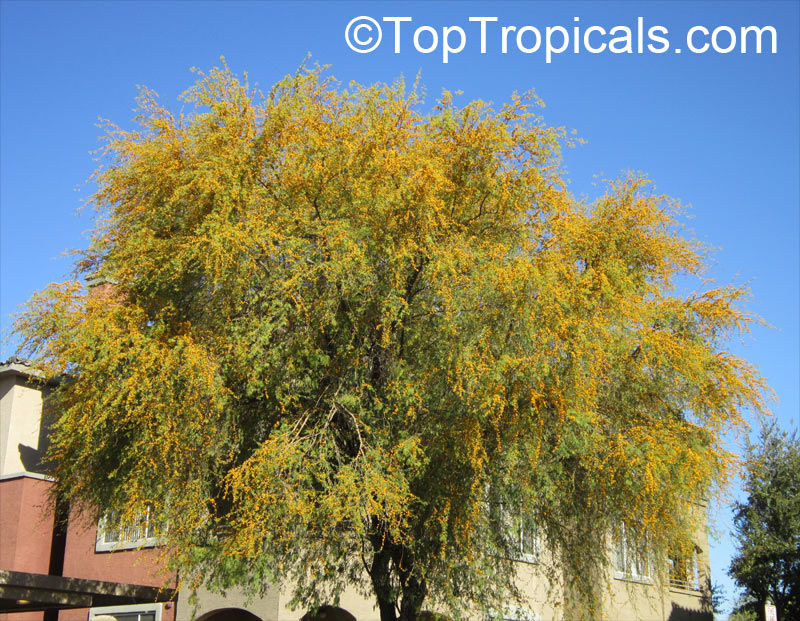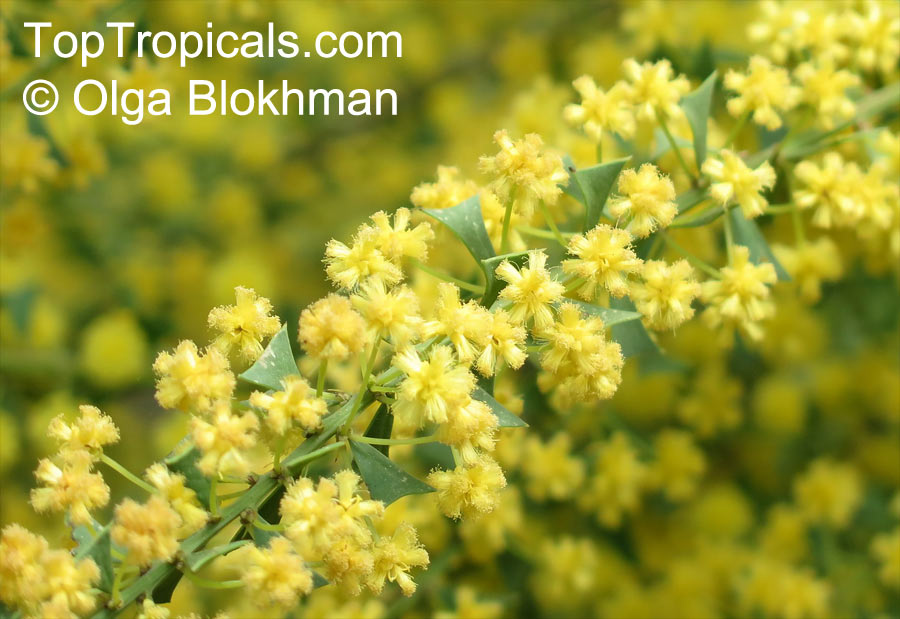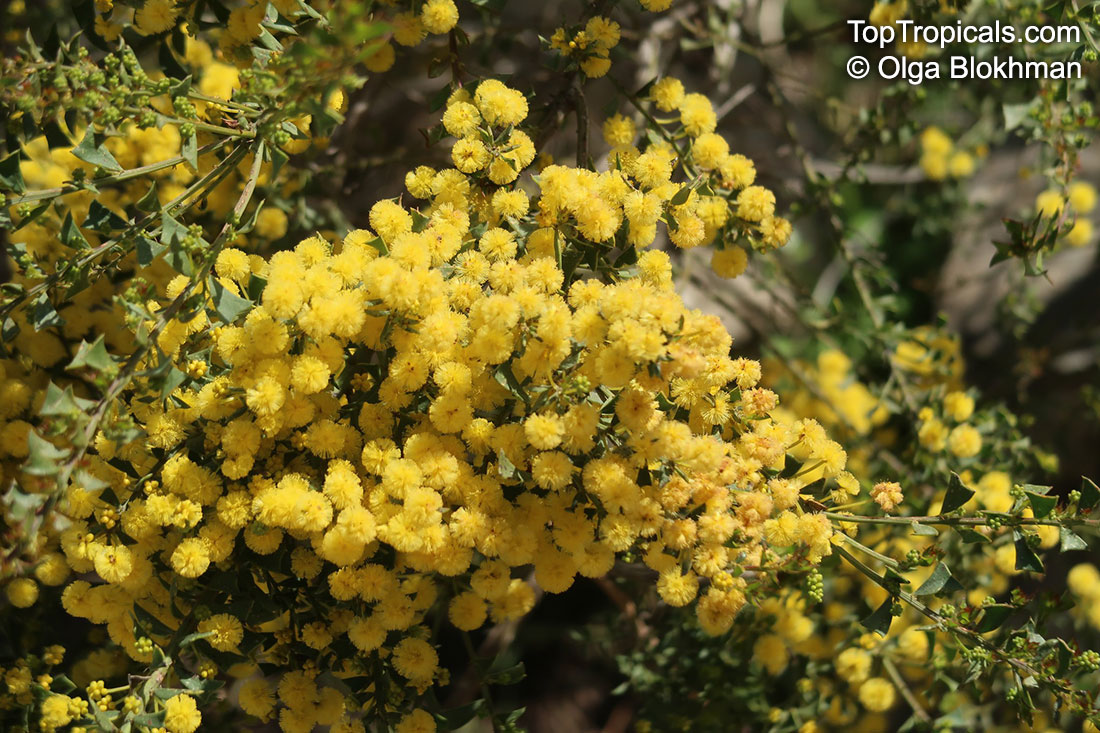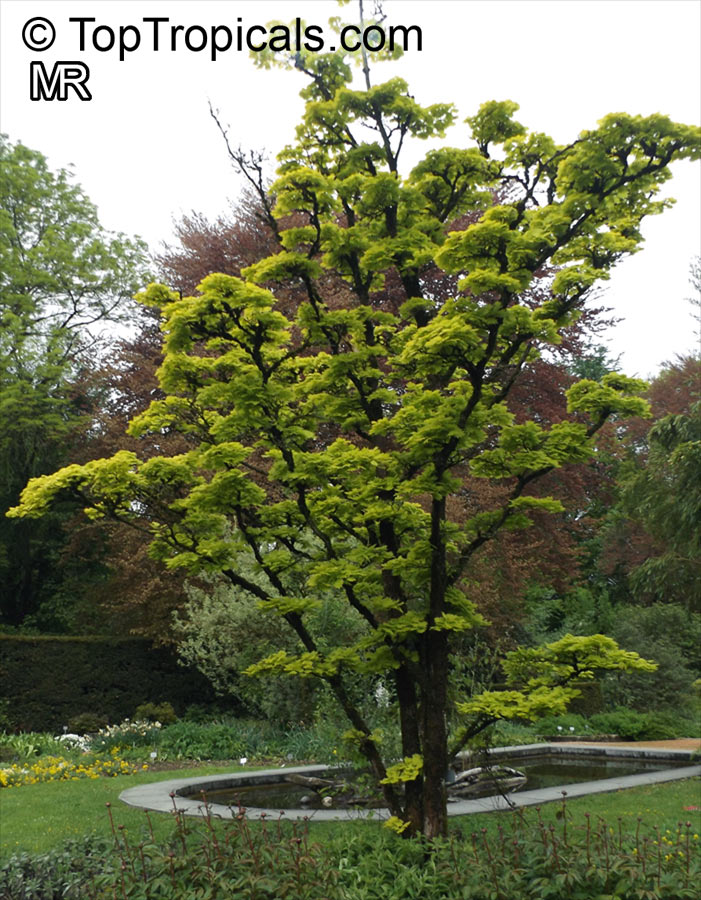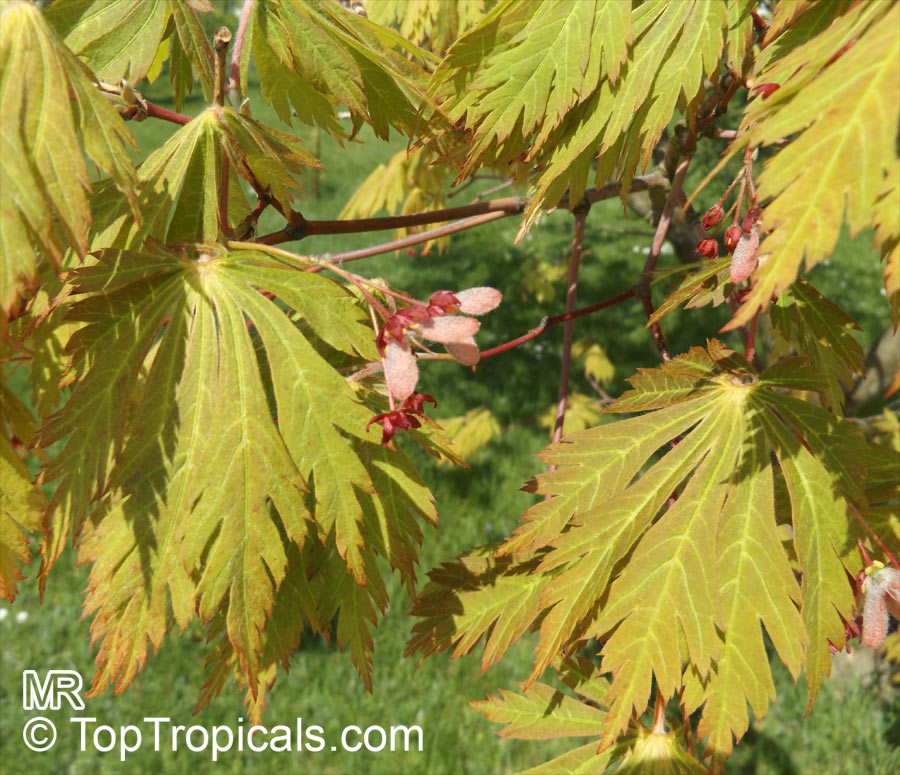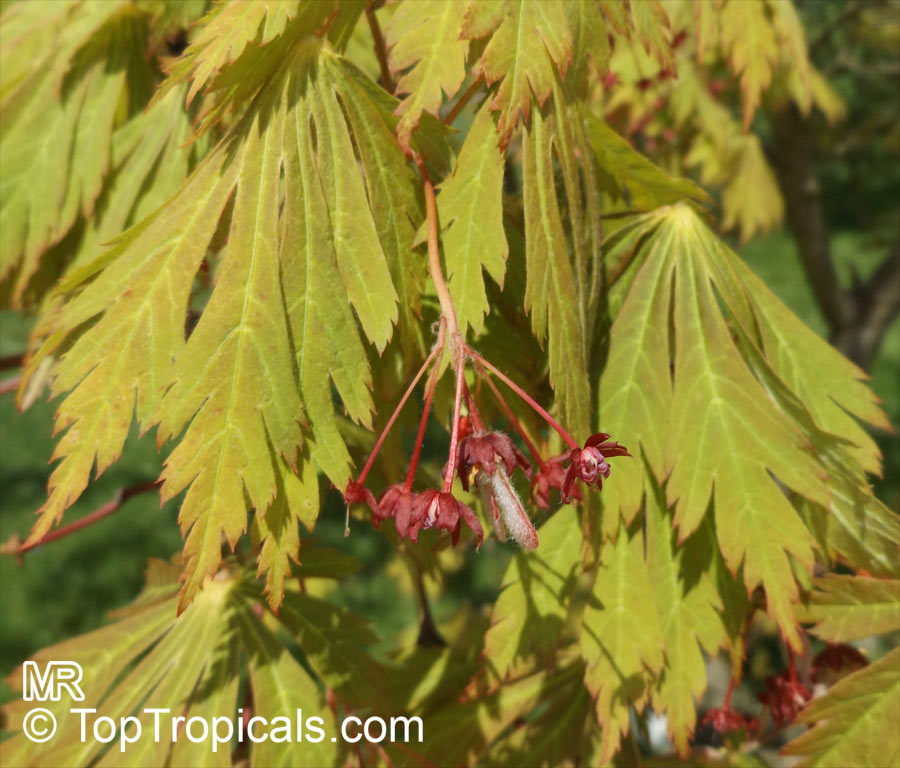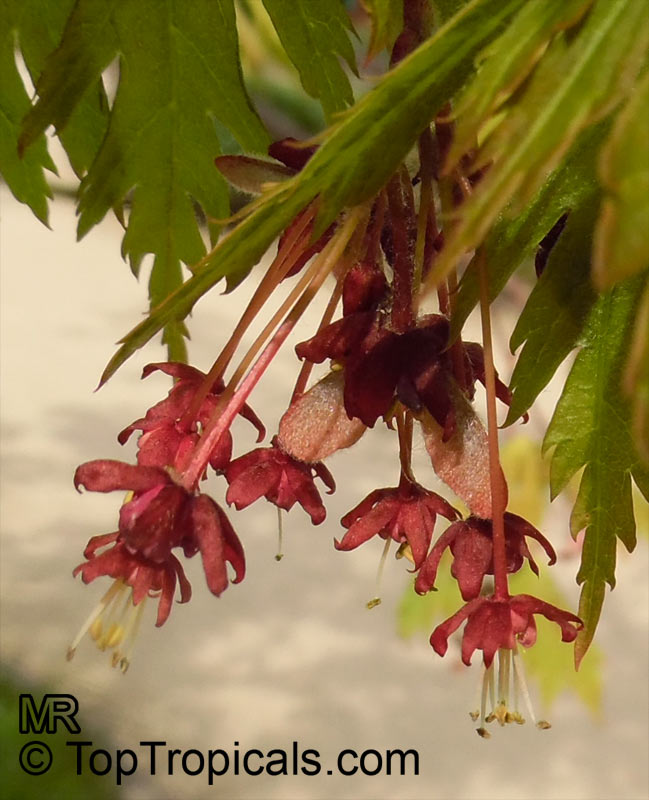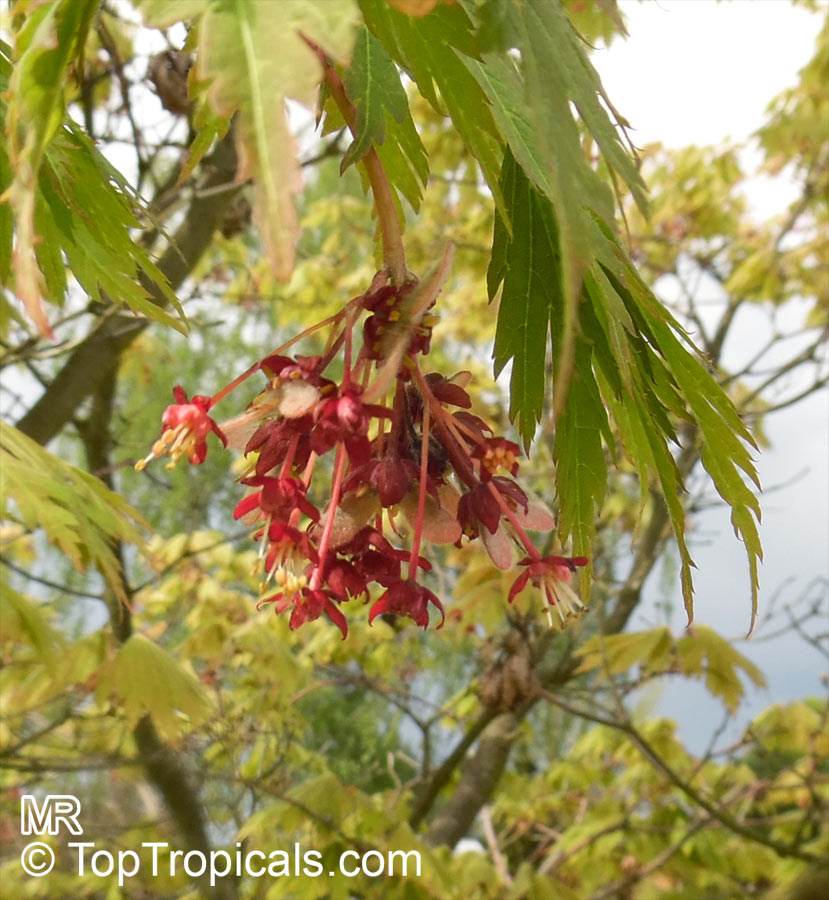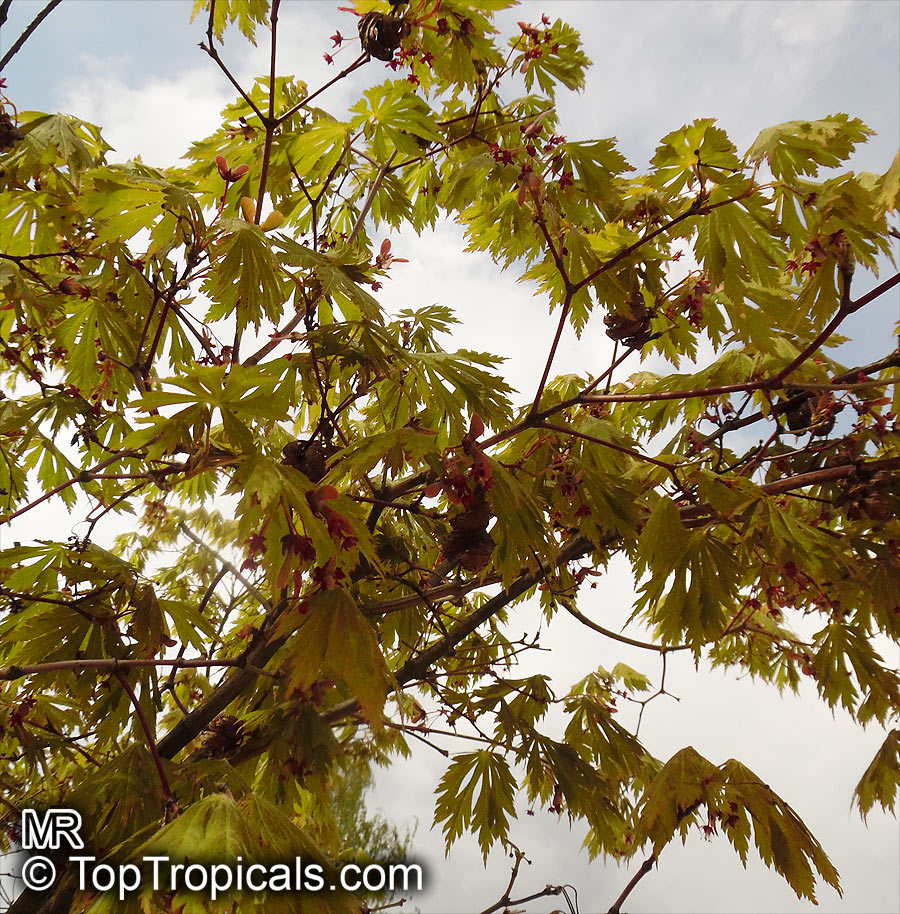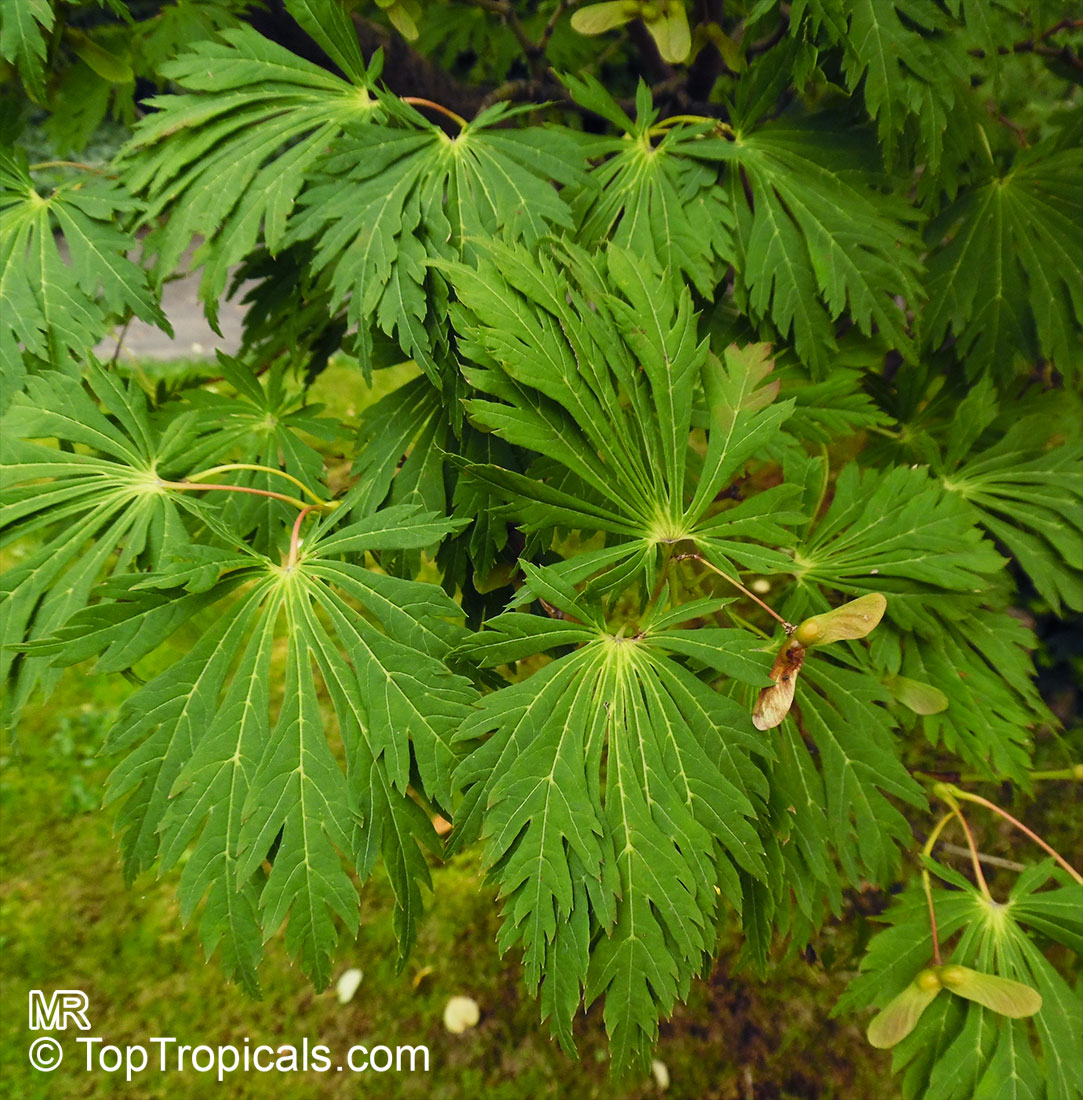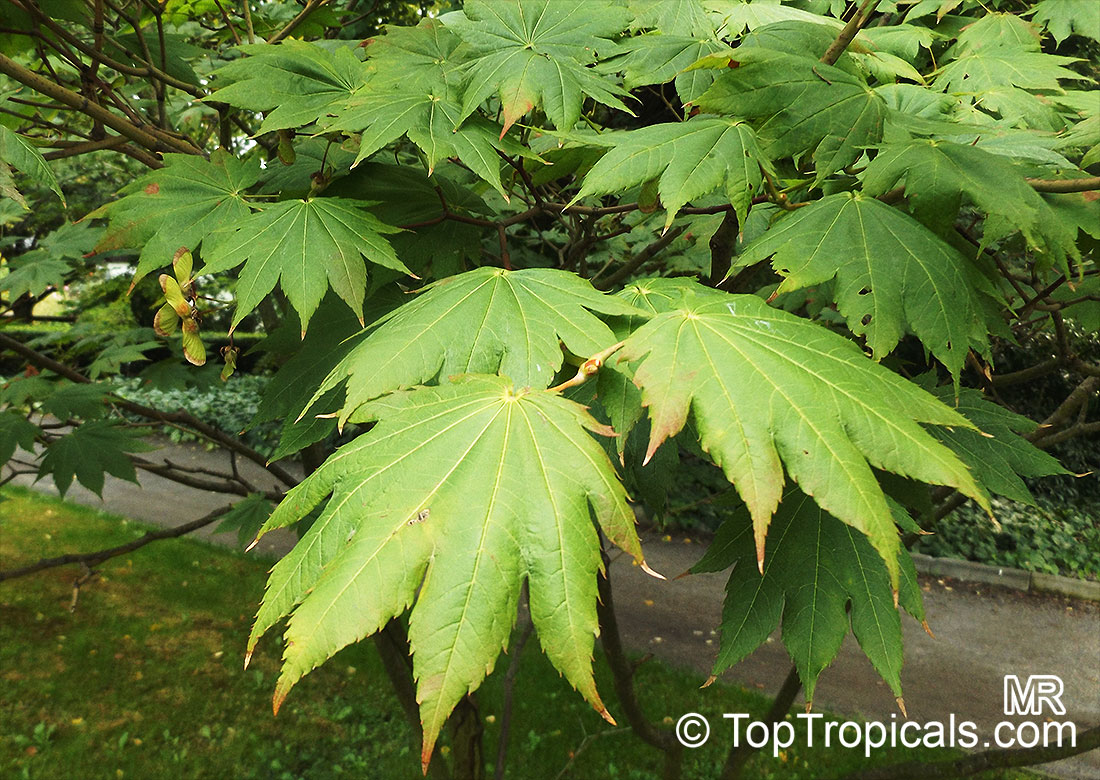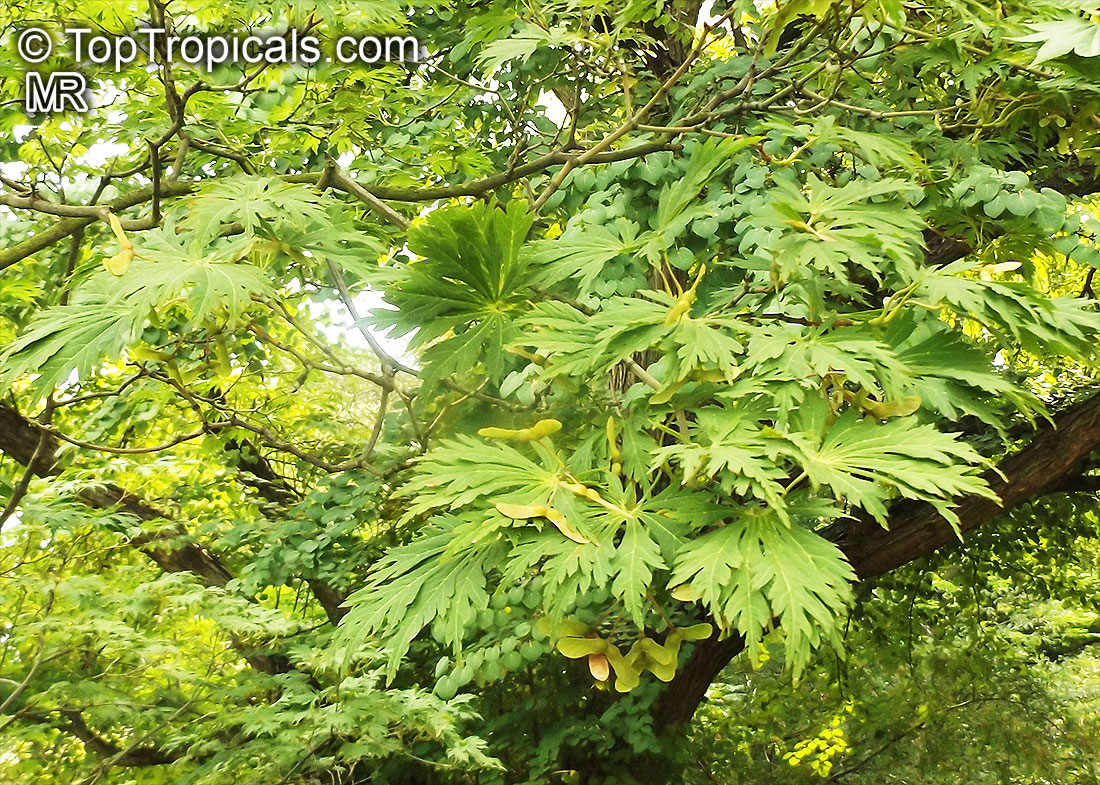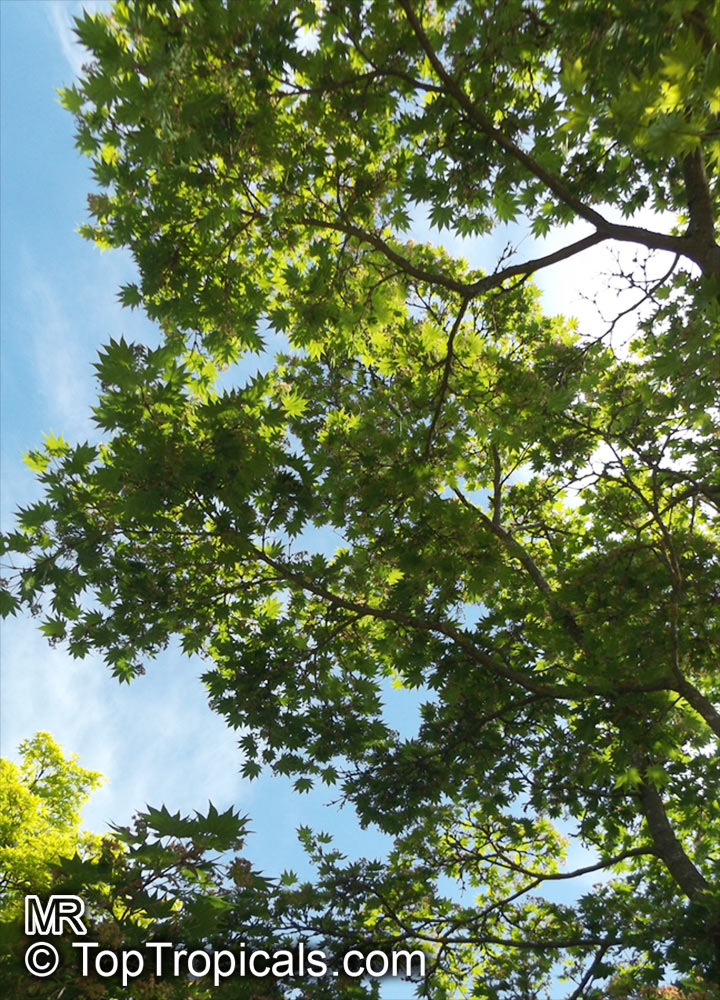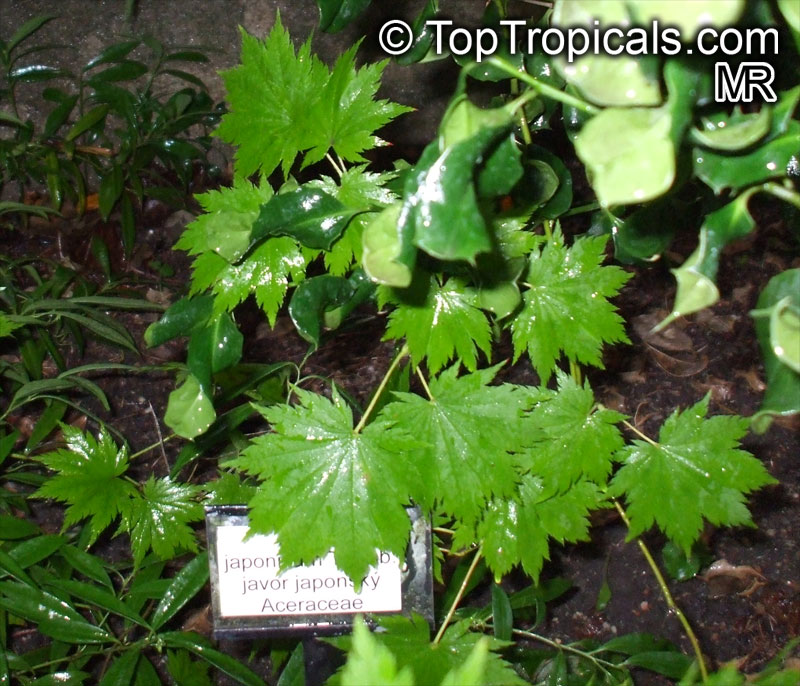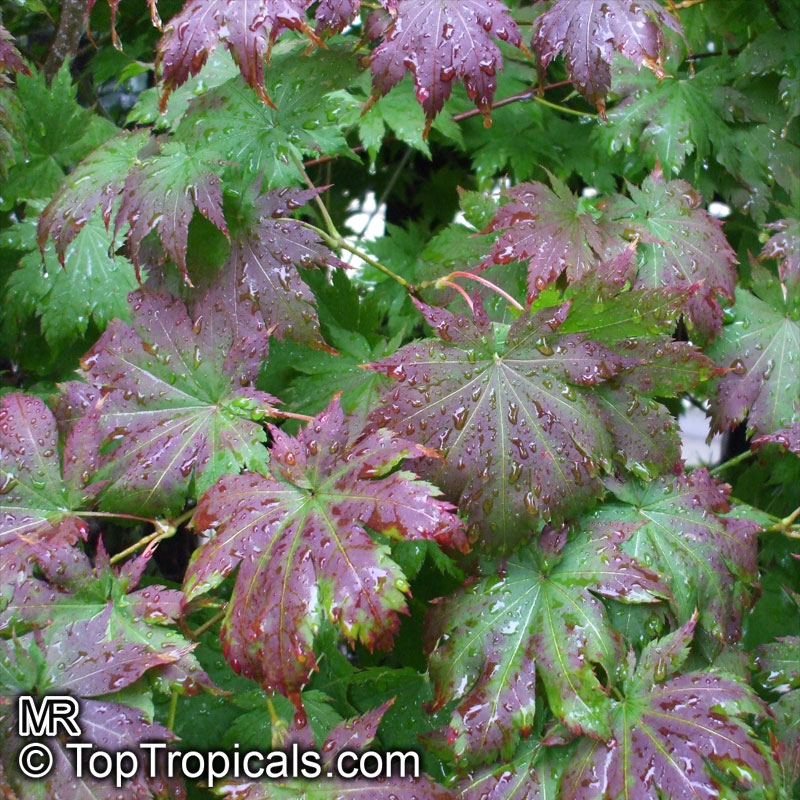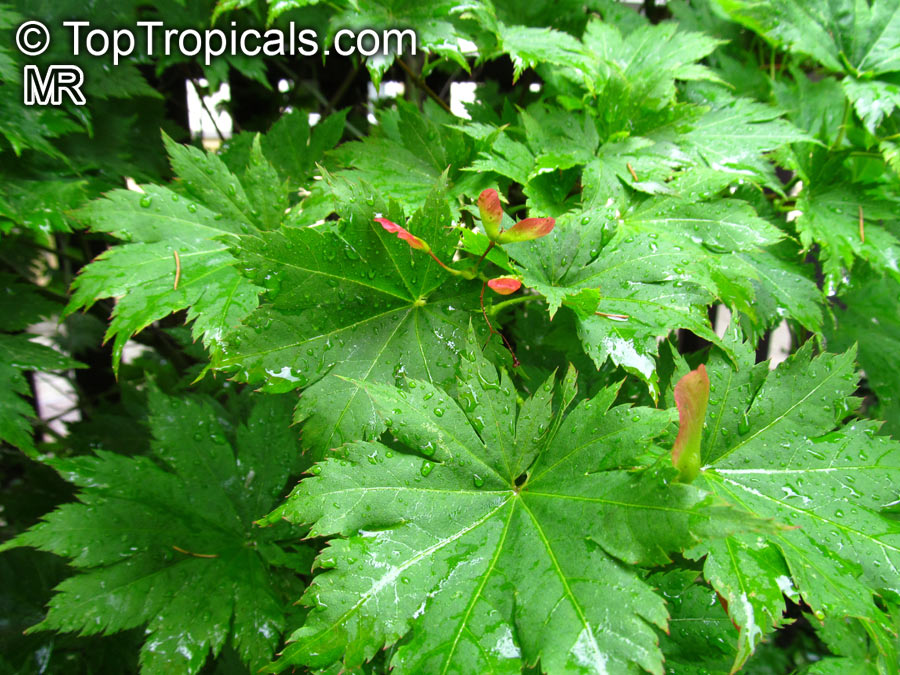Small tree 10-20 ft - Search results
Top Tropicals Plant Encyclopedia
| Number of plants found: 1510 | Next | 
|
Go to page: | 1 | 2 | 3 | 4 | 5 | Last |
Botanical name: Abroma augusta
Common name: Devil Cotton
Family: Malvaceae
Subfamily: Sterculioideae
Origin: Tropical Asia








The leaves have an oblong shap.The seeds are contained in a cotton-like envelope. Dark, maroon flowers are formed in terminal panicles. The leaves and stems are covered with soft, bristly hairs that are extremely irritating to the touch.
Botanical name: Acacia auriculiformis
Common names: Darwin Black Wattle, Ear Pod Wattle
Family: Fabaceae
Subfamily: Mimosoideae
Origin: Australia, New Guinea






Very fast growing, undemanding ornamental and shade tree. Honey-sweet, showy yellow flowers attract bees and butterflies. The plant is amazing in its ability to recolonize waste. Hard to kill. Can grow as much as 6-8 ft per season. Mature trees are medium sized. If you are looking for a fast result, this shade tree is for you. The plant is amazing in its ability to recolonize waste, paper mill sludge; even uranium spoils. This is the only tree found on a 20-year old uranium spoil. Cold hardy to some freeze.
Botanical name: Acacia baileyana
Common name: Purple Fernleaf Acacia
Cultivar: 'Purpurea'
Family: Fabaceae
Subfamily: Mimosoideae







Acacia baileyana 'Purpurea' (Purple Fernleaf Acacia) is a small, drought tolerant tree that can reach 10-20 feet in height in the right conditions. It thrives in full sun, and requires moderate water, which decreases once established. It has ornamental foliage, and produces beautiful yellow, orange flowers. These fragrant blooms attract butterflies and hummingbirds to your garden. It grows best in USDA hardiness zones 9-11.
When planting Acacia baileyana 'Purpurea', dig a hole that is twice as wide as the root ball and around the same depth. This will ensure the roots have plenty of space to spread out. Once planted, water deeply to help the roots establish.
For cold regions, it is best to plant Acacia baileyana 'Purpurea' in a pot and move it indoors in cold winter months. Make sure the pot is well drained and replant every few years for optimal growth. Feeding with a fertilizer in the spring and summer will help promote growth. If you see any signs of disease or pests, treat them as early as possible with an appropriate product.
Botanical names: Acacia cavenia, Mimosa caven
Common names: Espino Cavan, Roman Cassie
Family: Fabaceae
Subfamily: Mimosoideae
Origin: Chile and Argentina





Botanical name: Acacia dealbata
Common names: Silver Wattle, Winter Mimosa tree
Family: Fabaceae
Subfamily: Mimosoideae
Origin: Australia






Acacia dealbata (Silver Wattle) is usually found growing in full sun and can tolerate a range of soils as long as it is well drained. It appreciates moderate water and should be kept evenly moist; it is also moderately drought tolerant once established. This small tree is native to Australia and grows to a height of 10-20 feet, with a spread of 8-15 feet. This tree is invaluable in the landscape due to the profusion of fragrant, yellow or orange flowers that are produced in early spring. Not only do they add much beauty and fragrance to the garden, but they attract both butterflies and hummingbirds.
It thrives in USDA zones 9-11. When planting Acacia dealbata, choose a spot where it can be in full sun and keep the soil evenly moist. In cold regions, the Silver Wattle does best in a container rather than planted directly in the ground. Be sure the container is large enough for the tree to reach its full height, with plenty of drainage. During the colder months, mulch heavily around the container to protect the roots. Water when the soil is dry to a depth of an inch or so, and avoid over-watering as this can lead to root rot. Fertilizer should be applied occasionally during the growing season.
Overall, Acacia dealbata is a unique and beautiful addition to the garden, with its fragrant blooms and stunning foliage.
Botanical name: Acacia mangium
Common names: Mangium Wattle, Black Wattle, Hickory Wattle
Family: Fabaceae
Subfamily: Mimosoideae
Origin: Australia, Papua New Guinea, Indonesia






Acacia mangium grows up to 30m tall, often with a straight trunk.
Phyllodes lanceolate or ovate, conspicuously veined, light or dark green; flower-heads rod-like, white, sparse, on hairy peduncles about 1 cm long; pods long, slender, coiled or twisted and contorted. Its uses include environmental management and wood.
Botanical name: Acacia pendula
Common names: Weeping Myall, Silver-leaf Boree
Family: Fabaceae
Subfamily: Mimosoideae
Origin: Australia





Acacia pendula, also known as Weeping Myall, is a small deciduous tree native to Australia. Growing 10-20 feet in height, it has a spreading form with weeping growth habit and grey-green foliage. Acacia pendula is an eye-catching tree for parks, gardens and backyards.
In autumn, Acacia pendula produces clusters of yellow to orange flowers giving a beautiful display in the garden. The flowers are followed by small brown seedpods which are ingested by birds and other wildlife.
It is best grown in full sun and will tolerate low watering. While established plants may be drought tolerant, Acacia pendula will benefit from moderate amounts of water during dry periods. In warm climates, it can be grown in a pot, making an attractive feature on a balcony or patio.
The Weeping Myall is frost hardy and handles cold temperatures to at least 30 degrees Fahrenheit for short periods of time. This small tree is suitable for USDA Plant Hardiness Zones 9-11.
To ensure healthy growth, it is important to follow basic plant care and maintenance. Provide a deep watering every two weeks in dry conditions, and fertilize twice a year with a general purpose fertilizer. For container-grown Acacia pendula, use a potting mix enriched with an additional 10% soil conditioner or sand for improved drainage. When growing this tree in cold regions, provide extra protection by mulching over the roots in winter and cover with a cloth or tarp in extremely cold weather.
Botanical name: Acacia pravissima
Common name: Ovens Wattle
Family: Fabaceae
Subfamily: Mimosoideae
Origin: Australia






A vigorous growing tree with silvery, blade-like leaves. Has a rapid growth pattern. In early spring and sometimes again in the fall, the trees are covered in puffy yellow flowers. Easy in full sun and free-draining soil. Drought tolerant.
Botanical name: Acacia sp.
Common names: Prickly Moses, Khair
Family: Fabaceae
Subfamily: Mimosoideae
Origin: Australia








Pale yellow flowers in short spikes.
Grows well in dry climates. Water occasionally, will tolerate mild droughts. Grows well in most soil types and will stand salt spray.
Botanical name: Acer japonicum
Common names: Amur maple, Downy Japanese maple, Fullmoon maple
Family: Sapindaceae
Origin: Japan









Acer japonicum is a small deciduous tree growing to 5-10 m (rarely 15 m) tall, with a trunk up to 40 cm in diameter. In cultivation, it is often only a shrubby tree with multiple trunks joining at ground-level. In autumn, the leaves turn bright orange to dark red.
| Next |  |
Use link to repeat this search:
https://toptropicals.com/cgi-bin/garden_catalog/cat.cgi?search_op=and&keyword_op=and&language=e&number=10&no_change_lang=1
&v1=str&user=tt&sale=1&first=0
